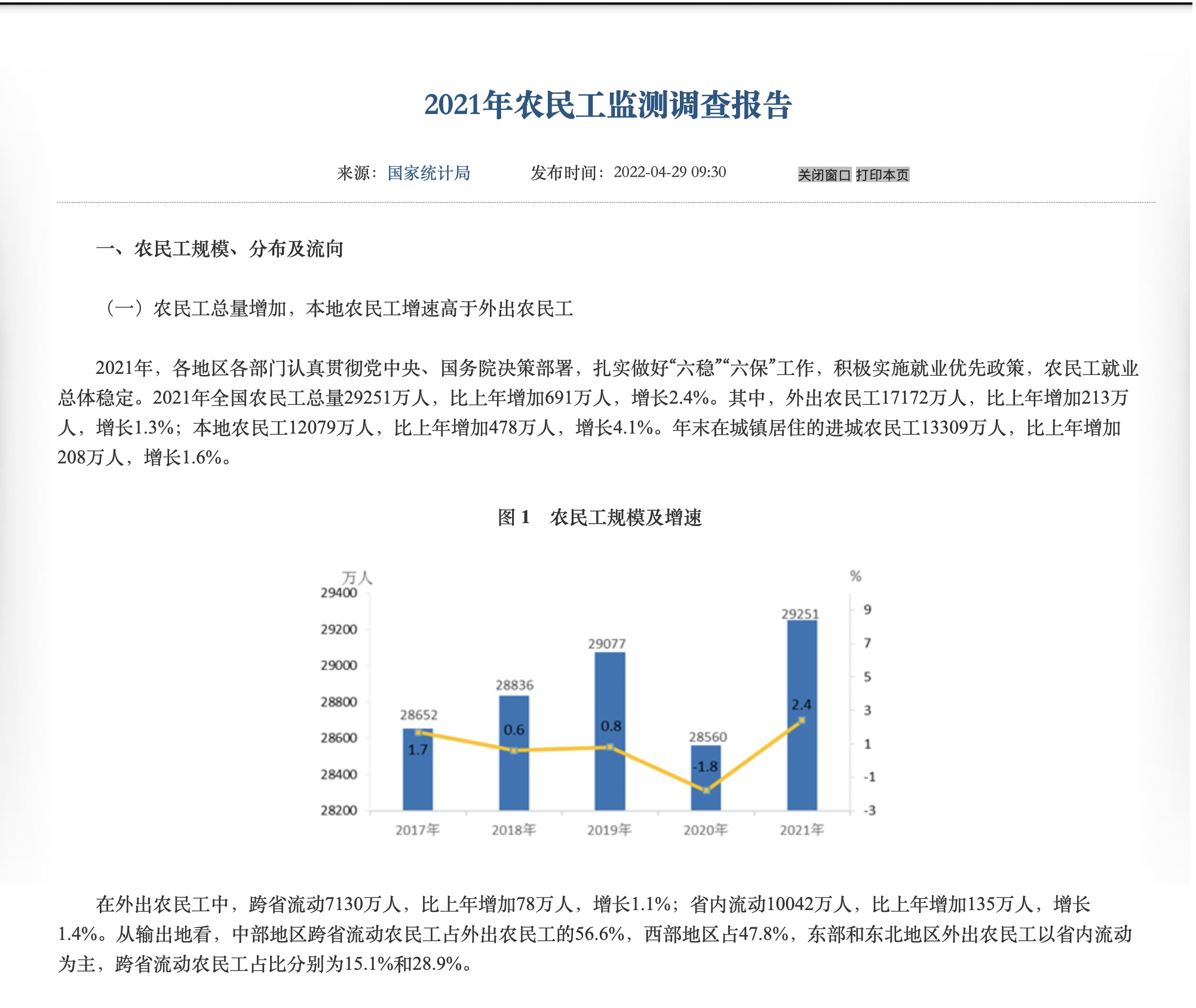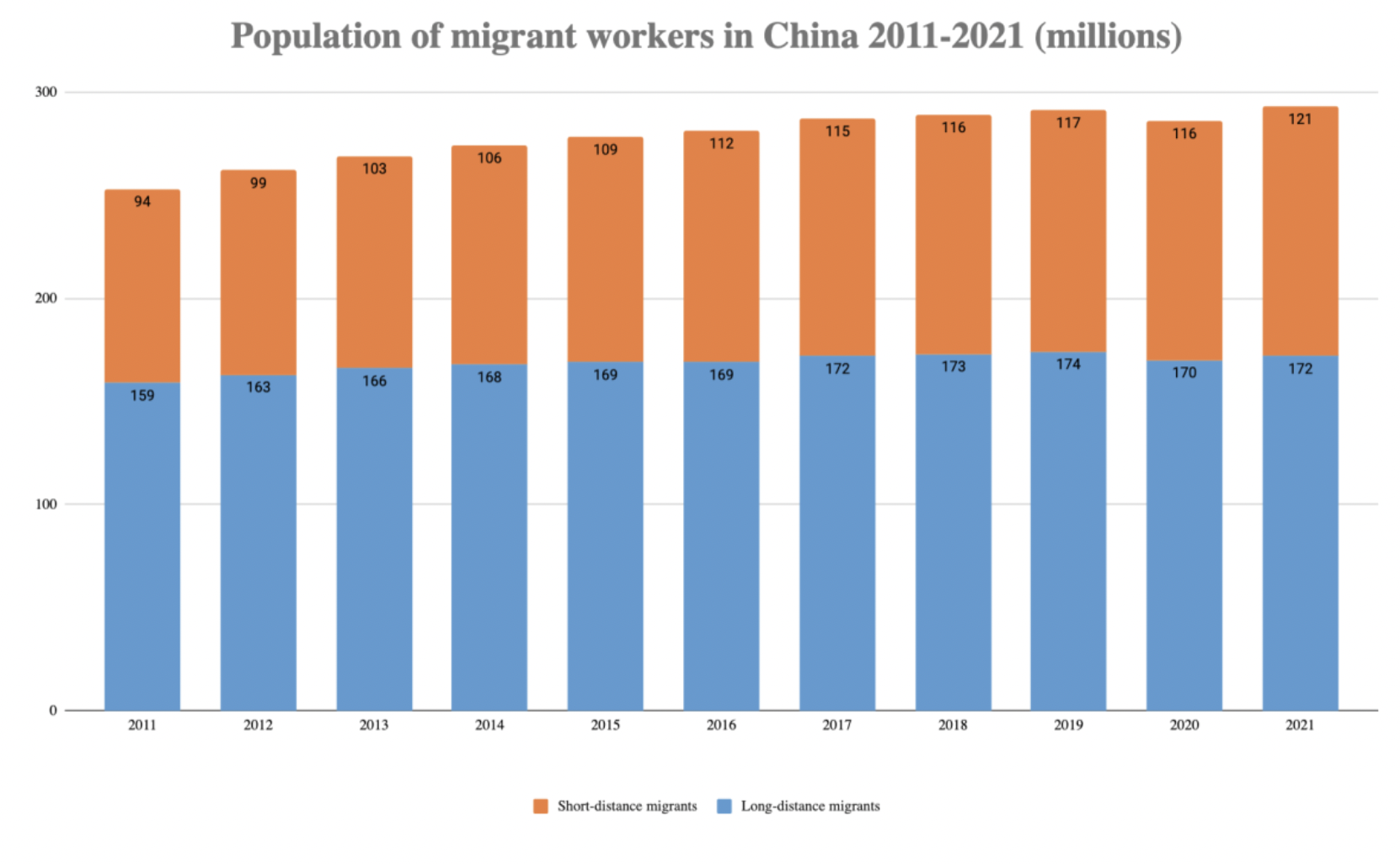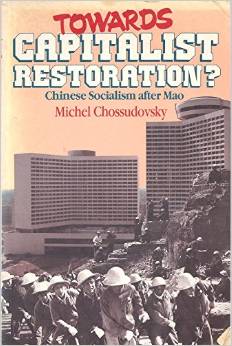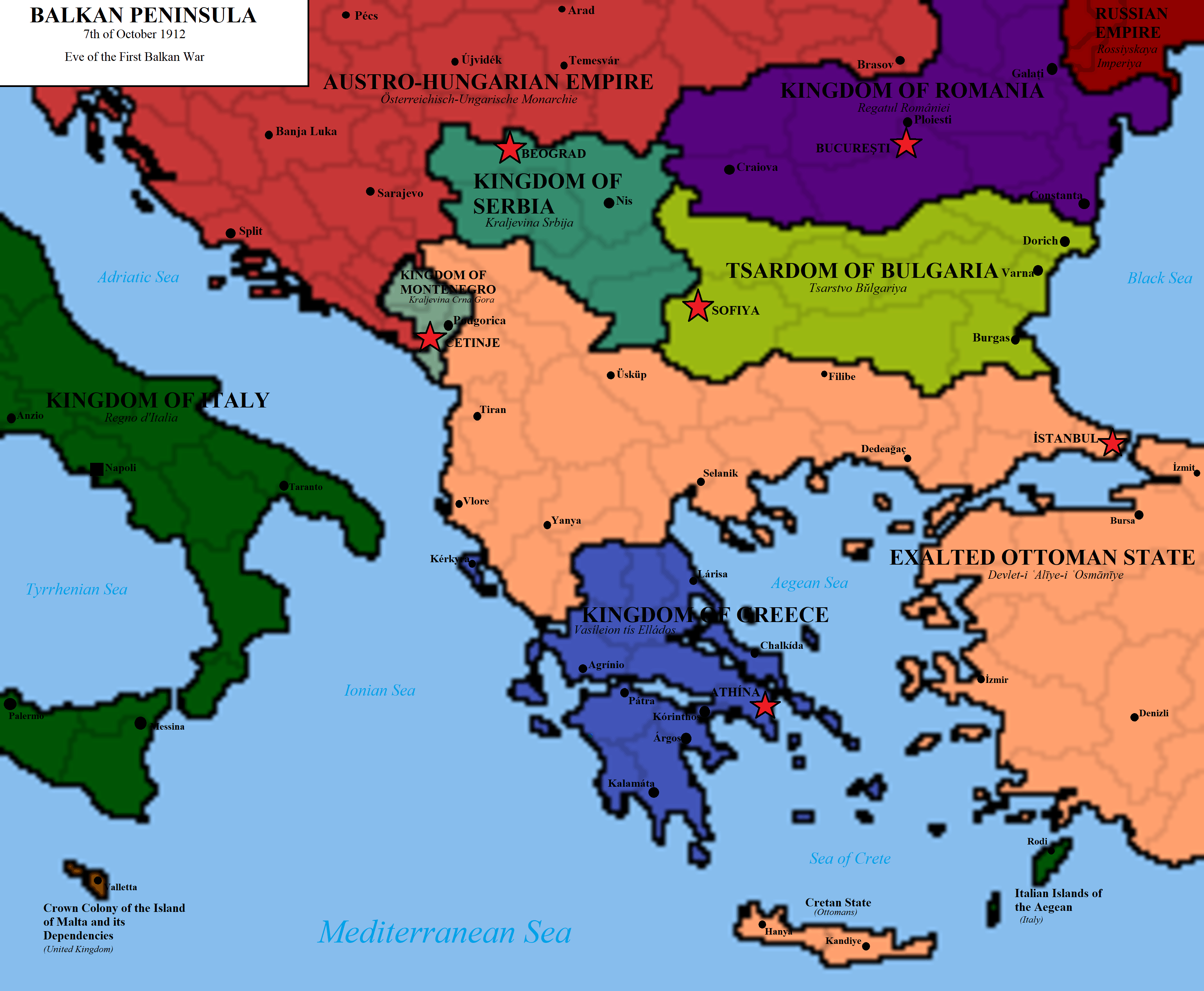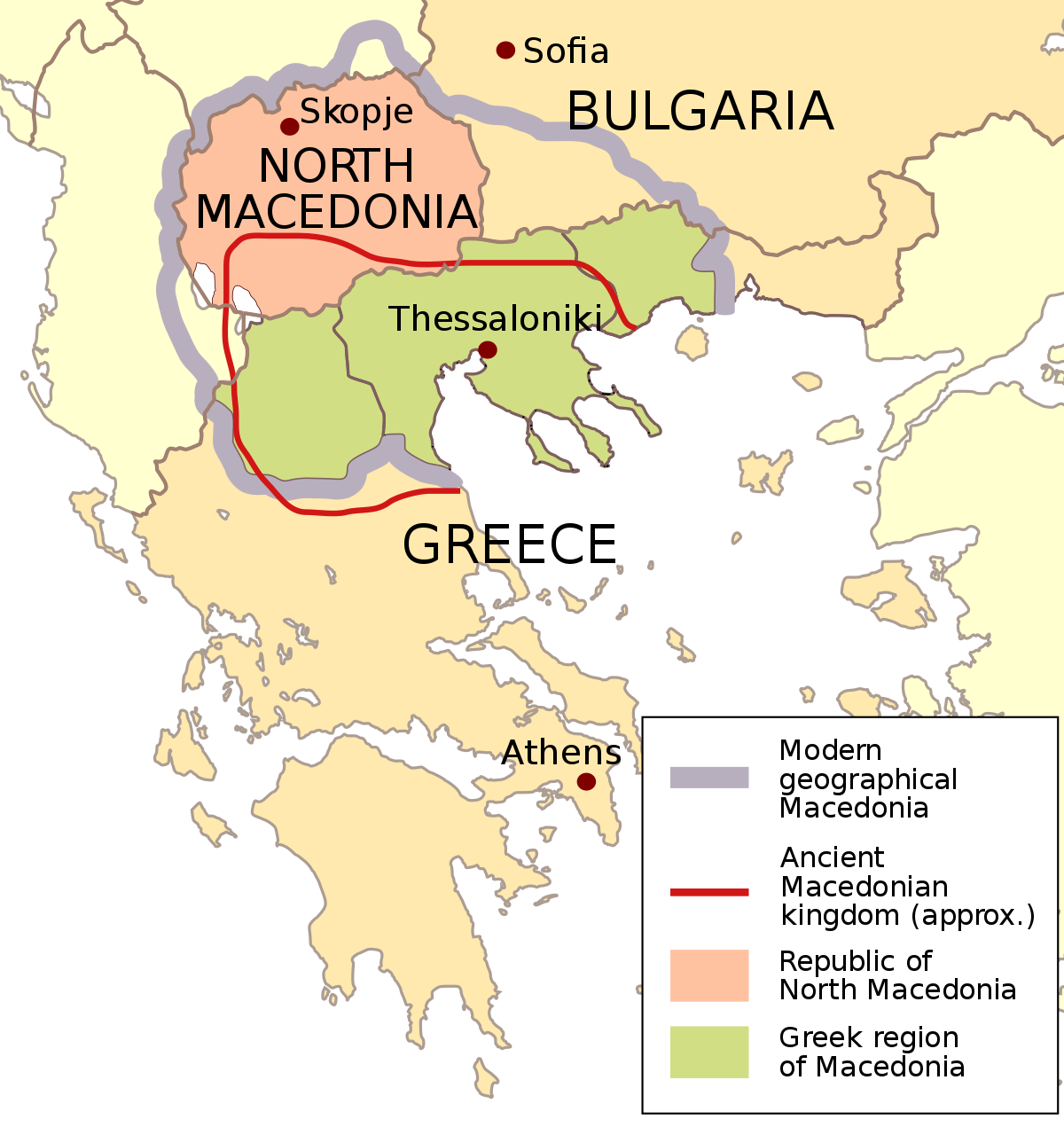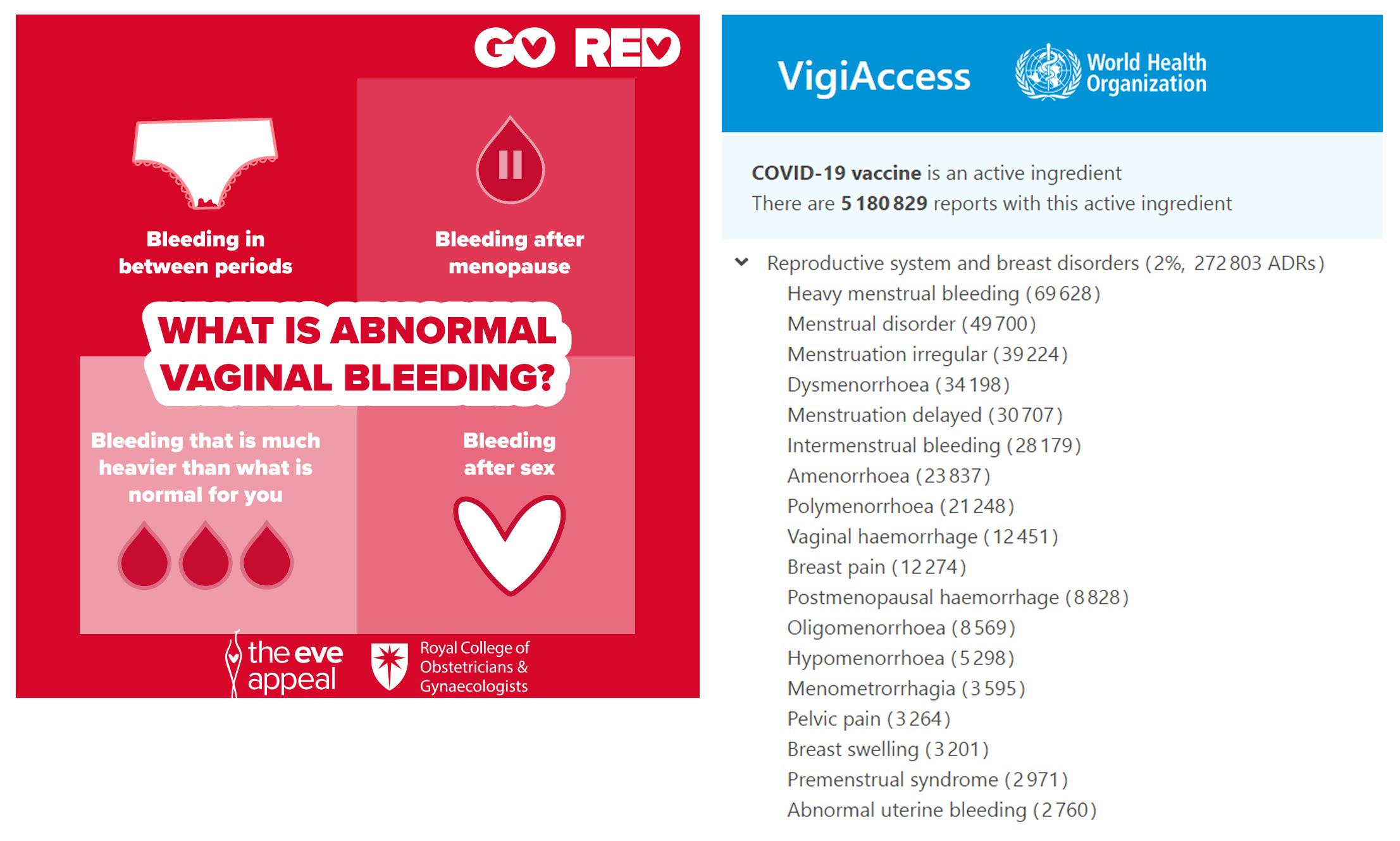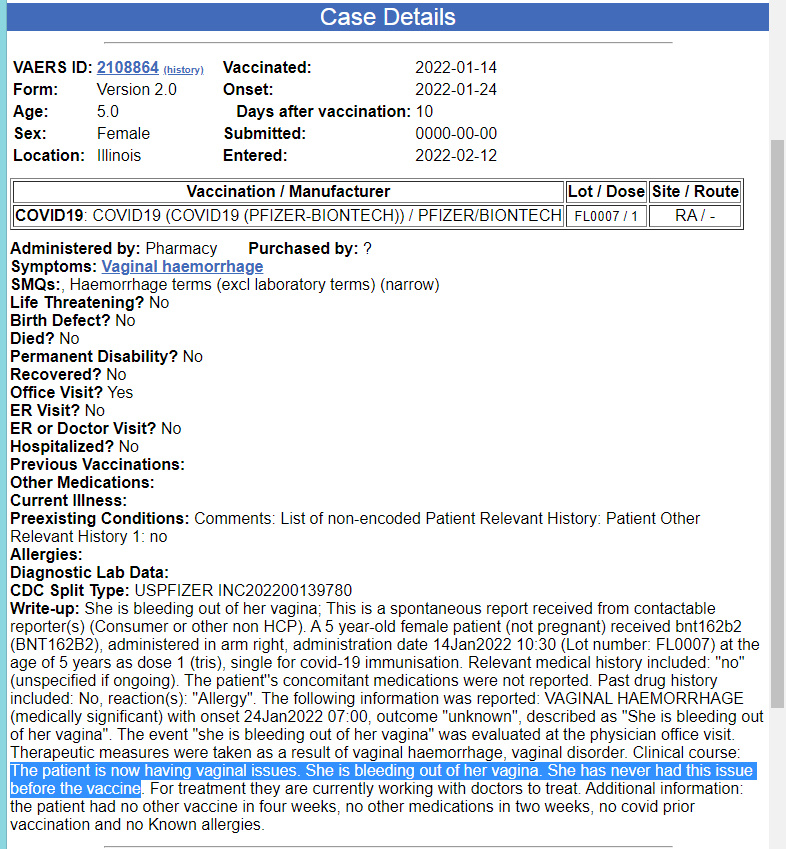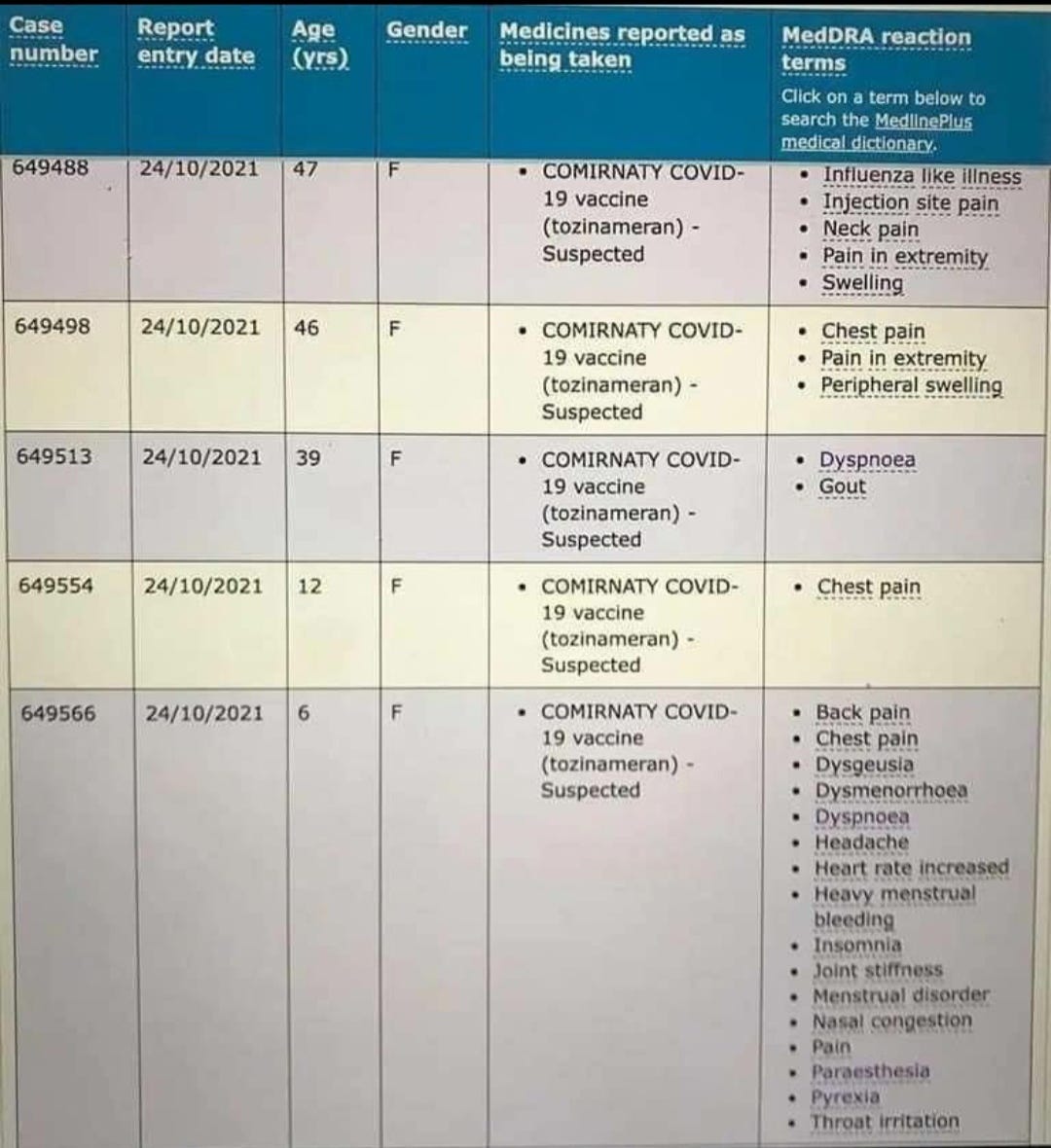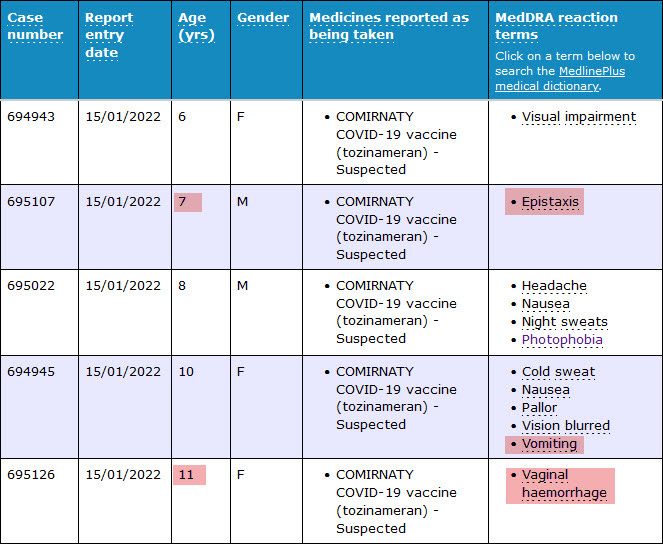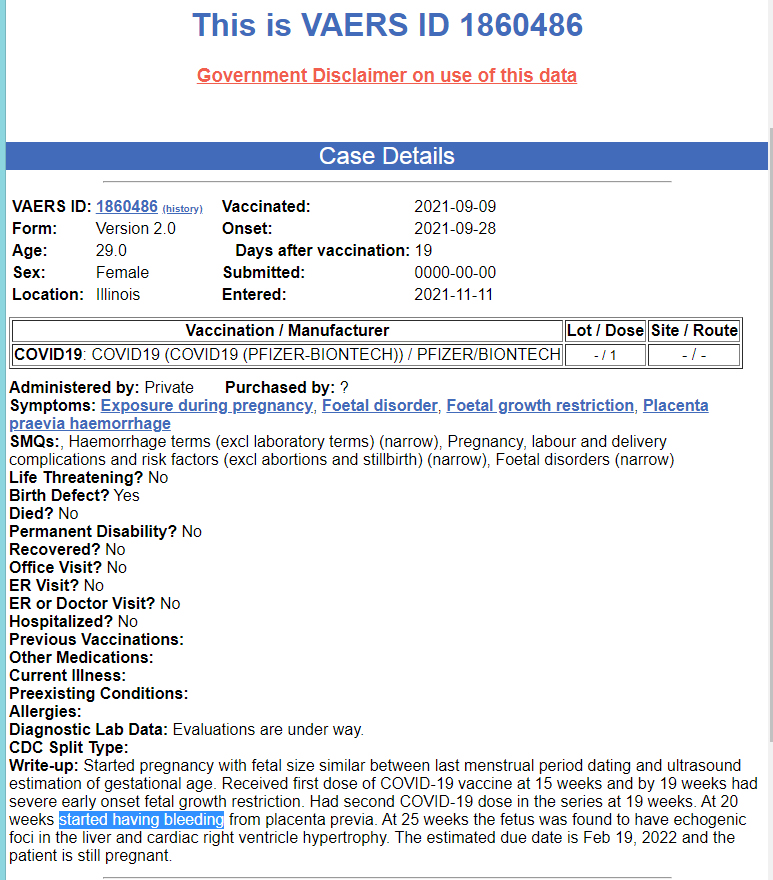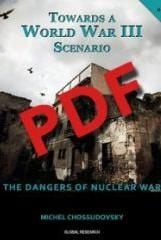This carefully researched article by Canadian historian Dr. Jacques Pauwels was first published by Global Research 19 years ago on 8 June 2004.
Pauwels historical insight is of relevance to the ongoing war in Ukraine. It provides us with an understanding of the historical roots of Nazism as well as the emergence (in the wake of World War II) of contemporary forms of Neo-Nazism which are tacitly endorsed both by US-NATO as well as powerful Big Money corporate interests. According to Pauwels:
“World War II is widely celebrated as a “crusade” in which the US fought unreservedly on the side of democracy, freedom, and justice against dictatorship.”
While America liberated Western Europe in June 1944, the unspoken truth is that American corporations actively collaborated with Nazi Germany:
“Standard Oil of New Jersey — today’s Exxon — developed intimate links with the German trust IG Farben. By the early 1930s, an élite of about twenty of the largest American corporations had a German connection including Du Pont, Union Carbide, Westinghouse, General Electric, Gilette, Goodrich, Singer, Eastman Kodak, Coca-Cola, IBM, and ITT.
Finally, many American law firms, investment companies, and banks were deeply involved in America’s investment offensive in Germany, among them the renowned Wall Street law firm Sullivan & Cromwell, and the banks J. P. Morgan and Dillon, Read and Company, as well as the Union Bank of New York, owned by Brown Brothers & Harriman.
The Union Bank was intimately linked with the financial and industrial empire of German steel magnate Thyssen, whose financial support enabled Hitler to come to power. This bank was managed by Prescott Bush, grandfather of George W. Bush. Prescott Bush was allegedly also an eager supporter of Hitler”
(J. Pauwels, 2004)
Documented by Dr. Pauwels, it must be understood that without the support of Standard Oil of New Jersey (Exxon) –which delivered oil to Nazi Germany from 1939 to 1945–, the Third Reich would not have been able to wage World War II: more specifically without a steady delivery of gasoline, Nazi Germany would not have been able launch Operation Barbarossa against the Soviet Union.
Michel Chossudovsky, September 30, 2023
***
In the United States, World War II is generally known as “the good war.”
In contrast to some of America’s admittedly bad wars, such as the near-genocidal Indian Wars and the vicious conflict in Vietnam, World War II is widely celebrated as a “crusade” in which the US fought unreservedly on the side of democracy, freedom, and justice against dictatorship.
No wonder President George W. Bush likes to compare his ongoing “war against terrorism” with World War II, suggesting that America is once again involved on the right side in an apocalyptic conflict between good and evil. Wars, however, are never quite as black-and-white as Mr. Bush would have us believe, and this also applies to World War II. America certainly deserves credit for its important contribution to the hard-fought victory that was ultimately achieved by the Allies. But the role of corporate America in the war is hardly synthesized by President Roosevelt’s claim that the US was the “arsenal of democracy.” When Americans landed in Normandy in June 1944 and captured their first German trucks, they discovered that these vehicles were powered by engines produced by American firms such as Ford and General Motors. 1 Corporate America, it turned out, had also been serving as the arsenal of Nazism.
Fans of the Führer
Mussolini enjoyed a great deal of admiration in corporate America from the moment he came to power in a coup that was hailed stateside as “a fine young revolution.” 2 Hitler, on the other hand, sent mixed signals. Like their German counterparts, American businessmen long worried about the intentions and the methods of this plebeian upstart, whose ideology was called National Socialism, whose party identified itself as a workers’ party, and who spoke ominously of bringing about revolutionary change. 3 Some high-profile leaders of corporate America, however, such as Henry Ford liked and admired the Führer at an early stage. 4
Other precocious Hitler-admirers were press lord Randolph Hearst and Irénée Du Pont, head of the Du Pont trust, who according to Charles Higham, had already “keenly followed the career of the future Führer in the 1920s” and supported him financially. 5
Eventually, most American captains of industry learned to love the Führer. It is often hinted that fascination with Hitler was a matter of personalities, a matter of psychology. Authoritarian personalities supposedly could not help but like and admire a man who preached the virtues of the “leadership principle” and practised what he preached first in his party and then in Germany as a whole.
Although he cites other factors as well, it is essentially in such terms that Edwin Black, author of the otherwise excellent book IBM and the Holocaust, explains the case of IBM chairman Thomas J. Watson, who met Hitler on a number of occasions in the 1930s and became fascinated with Germany’s authoritarian new ruler. But it is in the realm of political economy, not psychology, that one can most profitably understand why corporate America embraced Hitler.
In the 1920s many big American corporations enjoyed sizeable investments in Germany. IBM established a German subsidiary, Dehomag, before World War I; in the 1920s General Motors took over Germany’s largest car manufacturer, Adam Opel AG; and Ford founded a branch plant, later known as the Ford-Werke, in Cologne. Other US firms contracted strategic partnerships with German companies. Standard Oil of New Jersey — today’s Exxon — developed intimate links with the German trust IG Farben. By the early 1930s, an élite of about twenty of the largest American corporations had a German connection including Du Pont, Union Carbide, Westinghouse, General Electric, Gilette, Goodrich, Singer, Eastman Kodak, Coca-Cola, IBM, and ITT. Finally, many American law firms, investment companies, and banks were deeply involved in America’s investment offensive in Germany, among them the renowned Wall Street law firm Sullivan & Cromwell, and the banks J. P. Morgan and Dillon, Read and Company, as well as the Union Bank of New York, owned by Brown Brothers & Harriman.
The Union Bank was intimately linked with the financial and industrial empire of German steel magnate Thyssen, whose financial support enabled Hitler to come to power. This bank was managed by Prescott Bush, grandfather of George W. Bush. Prescott Bush was allegedly also an eager supporter of Hitler, funnelled money to him via Thyssen, and in return made considerable profits by doing business with Nazi Germany; with the profits he launched his son, the later president, in the oil business. 6 American overseas ventures fared poorly in the early 1930s, as the Great Depression hit Germany particularly hard. Production and profits dropped precipitously, the political situation was extremely unstable, there were constant strikes and street battles between Nazis and Communists, and many feared that the country was ripe for a “red” revolution like the one that had brought the Bolsheviks to power in Russia in 1917.
However, backed by the power and money of German industrialists and bankers such as Thyssen, Krupp, and Schacht, Hitler came to power in January 1933, and not only the political but also the socio-economic situation changed drastically.
Soon the German subsidiaries of American corporations were profitable again. Why? After Hitler came to power American business leaders with assets in Germany found to their immense satisfaction that his so-called revolution respected the socio-economic status quo.
The Führer’s Teutonic brand of fascism, like every other variety of fascism, was reactionary in nature, and extremely useful for capitalists’ purposes. Brought to power by Germany’s leading businessmen and bankers, Hitler served the interests of his “enablers.” His first major initiative was to dissolve the labour unions and to throw the Communists, and many militant Socialists, into prisons and the first concentration camps, which were specifically set up to accommodate the overabundance of left-wing political prisoners.
This ruthless measure not only removed the threat of revolutionary change — embodied by Germany’s Communists — but also emasculated the German working class and transformed it into a powerless “mass of followers” (Gefolgschaft), to use Nazi terminology, which was unconditionally put at the disposal of their employers, the Thyssens and Krupps. Most, if not all firms in Germany, including American branch plants, eagerly took advantage of this situation and cut labour costs drastically. The Ford-Werke, for example, reduced labour costs from fifteen per cent of business volume in 1933 to only eleven per cent in 1938. (Research Findings, 135–6)
Coca-Cola’s bottling plant in Essen increased its profitability considerably because, in Hitler’s state, workers “were little more than serfs forbidden not only to strike, but to change jobs,” driven “to work harder [and] faster” while their wages “were deliberately set quite low.” 7
In Nazi Germany, real wages indeed declined rapidly, while profits increased correspondingly, but there were no labour problems worth mentioning, for any attempt to organize a strike immediately triggered an armed response by the Gestapo, resulting in arrests and dismissals. This was the case in GM’s Opel factory in Rüsselsheim in June 1936. (Billstein et al., 25) As the Thuringian teacher and anti-fascist resistance member Otto Jenssen wrote after the war, Germany’s corporate leaders were happy “that fear for the concentration camp made the German workers as meek as lapdogs.” 8 The owners and managers of American corporations with investments in Germany were no less enchanted, and if they openly expressed their admiration or Hitler — as did the chairman of General Motors, William Knudsen, and ITT-boss Sosthenes Behn — it was undoubtedly because he had resolved Germany’s social problems in a manner that benefited their interests. 9
Depression? What Depression?
Hitler endeared himself to corporate America for another very important reason: he conjured up a solution to the huge problem of the Great Depression. His remedy proved to be a sort of Keynesian stratagem, whereby state orders stimulated demand, got production going again, and made it possible for firms in Germany — including foreign-owned firms — to increase production levels dramatically and to achieve an unprecedented level of profitability.
What the Nazi state ordered from German industry, however, was war equipment, and it was soon clear that Hitler’s rearmament policy would lead inexorably to war, because only the spoils resulting from a victorious war would enable the regime to pay the huge bills presented by the suppliers.
The Nazi rearmament program revealed itself as a wonderful window of opportunity for the subsidiaries of US corporations. Ford claims that its Ford-Werke was discriminated against by the Nazi regime because of its foreign ownership, but acknowledges that in the second half of the 1930s its Cologne subsidiary was “formally certified [by the Nazi authorities] … as being of German origin” and therefore “eligible to receive government contracts.” (Research Findings, 21) Ford took advantage of this opportunity, though the government orders were almost exclusively for military equipment. Ford’s German branch plant had posted heavy losses in the early 1930s, however, with lucrative government contracts thanks to Hitler’s rearmament drive, the Ford-Werke’s annual profits rose spectacularly from 63,000 Reichsmarks in 1935 to 1,287,800 RM in 1939.
GM’s Opel factory in Rüsselsheim near Mainz fared even better. Its share of the German automobile market grew from 35 per cent in 1933 to more than 50 per cent in 1935, and the GM subsidiary, which had lost money in the early 1930s, became extremely profitable thanks to the economic boom caused by Hitler’s rearmament program. Earnings of 35 million RM — almost 14 million dollars (US) — were recorded in 1938. (Research Findings, 135–6; and Billstein et al., 24) 10 In 1939, on the eve of the war, the chairman of GM, Alfred P. Sloan, publicly justified doing business in Hitler’s Germany by pointing to the highly profitable nature of GM’s operations under the Third Reich. 11
Yet another American corporation that enjoyed a bonanza in Hitler’s Third Reich was IBM. Its German subsidiary, Dehomag, provided the Nazis with the punch-card machine — forerunner of the computer — required to automate production in the country, and in doing so IBM-Germany made plenty of money. In 1933, the year Hitler came to power, Dehomag made a profit of one million dollars, and during the early Hitler years the German branch plant paid IBM in the US some 4.5 million dollars in dividends. By 1938, still in full Depression, “annual earnings were about 2.3 million RM, a 16 per cent return on net assets,” writes Edwin Black. In 1939 Dehomag’s profits increased spectacularly again to about four million RM. (Black, 76–7, 86–7, 98, 119, 120–1, 164, 198, and 222)
American firms with branch plants in Germany were not the only ones to earn windfalls from Hitler’s rearmament drive. Germany was stockpiling oil in preparation for war, and much of this oil was supplied by American corporations. Texaco profited greatly from sales to Nazi Germany, and not surprisingly its chairman, Torkild Rieber, became yet another powerful American entrepreneur who admired Hitler. A member of the German secret service reported that he was “absolutely pro-German” and “a sincere admirer of the Führer.” Rieber also became a personal friend of Göring, Hitler’s economic czar. 12
As for Ford, that corporation not only produced for the Nazis in Germany itself, but also exported partially assembled trucks directly from the US to Germany. These vehicles were assembled in the Ford-Werke in Cologne and were ready just in time to be used in the spring of 1939, in Hitler’s occupation of the part of Czechoslovakia that had not been ceded to him in the infamous Munich Agreement of the previous year. In addition, in the late 1930s, Ford shipped strategic raw materials to Germany, sometimes via subsidiaries in third countries; in early 1937 alone, these shipments included almost 2 million pounds of rubber and 130,000 pounds of copper. (Research Findings, 24, and 28)
American corporations made a lot of money in Hitler’s Germany; this, and not the Führer’s alleged charisma, is the reason why the owners and managers of these corporations adored him. Conversely, Hitler and his cronies were most pleased with the performance of American capital in the Nazi state. Indeed, the American subsidiaries’ production of war equipment met and even surpassed the expectations of the Nazi leadership.
Berlin promptly paid the bills and Hitler personally showed his appreciation by awarding prestigious decorations to the likes of Henry Ford, IBM’s Thomas Watson, and GM’s export director, James D. Mooney. The stock of American investments in Germany increased considerably after Hitler came to power in 1933. The major reason for this was that the Nazi regime did not allow profits made by foreign firms to be repatriated, at least not in theory. In reality, corporate headquarters could circumvent this embargo by means of stratagems such as billing the German subsidiary for “royalties” and all sorts of “fees.” Still, the restriction meant that profits were largely reinvested within the land of opportunity that Germany revealed itself to be at the time, for example in the modernization of existing facilities, in the construction or acquisition of new factories, and in the purchase of Reich bonds and real estate. IBM thus reinvested its considerable earnings in a new factory in Berlin-Lichterfelde, in an expansion of its facilities at Sindelfingen near Stuttgart, in numerous branch offices throughout the Reich, and in the purchase of rental properties in Berlin and other real estate and tangible assets. (Black, 60, 99, 116, and 122–3)
Under these circumstances, the value of IBM’s German venture increased considerably, by late 1938 the net worth of Dehomag had doubled from 7.7 million RM in 1934 to over 14 million RM. (Black, 76–7, 86–7, 98, 119–21, 164, 198, and 222) The value of the total assets of the Ford-Werke likewise mushroomed in the 1930s, from 25.8 million RM in 1933 to 60.4 million RM in 1939. (Research Findings, 133) American investment in Germany thus continued to expand under Hitler, and amounted to about 475 million dollars by the time of Pearl Harbor. (Research Findings, 6) 13
Better Hitler than “Rosenfeld”
Throughout the “dirty thirties,” corporate profits in the US remained depressed, at home firms like GM and Ford could only dream of the kind of riches their branch plants in Germany were accumulating thanks to Hitler. In addition, at home corporate America experienced problems with labour activists, Communists, and other radicals. What about the vicious trademarks of the Führer’s personality and regime?
Did they not disturb the leaders of corporate America? Apparently not much, if at all. The racial hatred propagated by Hitler, for example, did not overly offend their sensibilities. After all, racism against non-Whites remained systemic throughout the US and anti-Semitism was rife in the corporate class. In the exclusive clubs and fine hotels patronized by the captains of industry, Jews were rarely admitted; and some leaders of corporate America were outspoken anti-Semites. 14
In the early 1920s, Henry Ford cranked out a vehemently anti-Semitic book, The International Jew, which was translated into many languages; Hitler read the German version and acknowledged later that it provided him with inspiration and encouragement. Another notoriously anti-Semitic American tycoon was Irénée Du Pont, even though the Du Pont family had Jewish antecedents. 15 Corporate America’s anti-Semitism strongly resembled that of Hitler, whose view of Judaism was intimately interwoven with his view of Marxism, as Arno J. Mayer has convincingly argued in his book Why Did the Heavens not Darken? 16
Hitler claimed to be a socialist, but his was supposed to be a “national” socialism, a socialism for racially pure Germans only. As for genuine socialism, which preached international working-class solidarity and found its inspiration in the work of Karl Marx, it was despised by Hitler as a Jewish ideology that purported to enslave or even destroy Germans and other “Aryans.” Hitler loathed as “Jewish” all forms of Marxism, but none more so than communism (or “Bolshevism”) and he denounced the Soviet Union as the homeland of “Jewish” international socialism.
In the 1930s, the anti-Semitism of corporate America likewise revealed itself to be the other side of the coin of anti-socialism, anti-Marxism, and red-baiting. Most American businessmen denounced Roosevelt’s New Deal as a “socialistic” meddling in the economy. The anti-Semites of corporate America considered Roosevelt to be a crypto-Communist and an agent of Jewish interests, if not a Jew himself; he was routinely referred to as “Rosenfeld,” and his New Deal was vilified as the “Jew Deal.” 17
In his book The Flivver King, Upton Sinclair described the notoriously anti-Semitic Henry Ford dreaming of an American fascist movement that “pledged to put down the Reds and preserve the property interests of the country; to oust the Bolshevik [Roosevelt] from the White House and all his pink professors from the government services … [and] to make it a shooting offense to talk communism or to call a strike.” 18 Other American tycoons also yearned for a fascist saviour who might rid America of its “reds” and thus restore prosperity and profitability. Du Pont provided generous financial support to America’s own fascist organizations, such as the infamous “Black Legion,” and was even involved in plans for a fascist coup d’état in Washington. (Hofer and Reginbogin, 585–6) 19
Why Worry about the Coming War?
It was quite obvious that Hitler, who was rearming Germany to the teeth, was going to unleash a major war sooner or later. Whatever misgivings America’s captains of industry may initially have had in this respect soon dissipated, because the cognoscenti of international diplomacy and business in the 1930s widely expected that Hitler would spare western countries, instead attacking and destroying the Soviet Union as promised in Mein Kampf. To encourage and assist him in the task that he considered his great mission in life, 20 was the hidden objective of the infamous appeasement policy pursued by London and Paris, and tacitly approved by Washington. 21
Corporate leaders in all western countries, including most emphatically the US, loathed the Soviet Union because that state was the cradle of the communist “counter system” to the international capitalist order of things, and a source of inspiration to America’s own “reds.” Furthermore, they found particularly offensive that the homeland of communism did not fall prey to the Great Depression, but experienced an industrial revolution that has been favourably compared by American historian, John H. Backer with the widely celebrated “economic miracle” of West Germany after World War II. 22
The appeasement policy was a devious scheme, whose real objective had to be concealed from the British and French publics. It backfired spectacularly because its contortions eventually made Hitler suspicious about the real intentions of London and Paris, which caused him to make a deal with Stalin, and thus led to Germany’s war against France and Great Britain rather than the Soviet Union.
Nevertheless, the dream of a German crusade against the communist Soviet Union on behalf of the capitalist West refused to die. London and Paris merely launched a “Phoney War” against Germany, hoping that Hitler would eventually turn against the Soviet Union after all. This was also the idea behind quasi-official missions to London and Berlin, undertaken by GM’s James D. Mooney, who tried very hard — as did the US ambassador in London, Joseph Kennedy, father of John F. Kennedy — to persuade German and British leaders to resolve their inconvenient conflict, so that Hitler could devote his undivided attention to his great eastern project. In a meeting with Hitler in March 1940, Mooney made a plea for peace in western Europe, suggesting “that Americans had understanding for Germany’s standpoint with respect to the question of living space” — in other words, that they had nothing against his territorial claims in the East. (Billstein et al., 37–44) 23
These American initiatives, however, did not produce the hoped-for results. The owners and managers of American corporations with subsidiaries in Germany undoubtedly regretted that the war Hitler had unleashed in 1939 was a war against the West, but in the final analysis it did not matter all that much. What did matter was this: helping Hitler to prepare for war had been good business and the war itself opened up even more extravagant prospects for doing business and making profits.
Putting the Blitz in the Blitzkrieg
Germany’s military successes of 1939 and 1940 were based on a new and extremely mobile form of warfare, the Blitzkrieg, consisting of extremely swift and highly synchronized attacks by air and land.
To wage “lightning war,” Hitler needed engines, tanks, trucks, planes, motor oil, gasoline, rubber, and sophisticated communication systems to insure that the Stukas struck in tandem with the Panzers. Much of that equipment was supplied by American firms, mainly German subsidiaries of big American corporations, but some was exported from the US, albeit usually via third countries. Without this kind of American support, the Führer could only have dreamed of “lightning wars,” followed by “lightning victories,” in 1939 and 1940.
Many of Hitler’s wheels and wings were produced in the German subsidiaries of GM and Ford. By the end of the 1930s these enterprises had phased out civilian production to focus exclusively on the development of military hardware for the German army and air force.
This switch, requested — if not ordered — by the Nazi authorities, had not only been approved, but even actively encouraged by the corporate headquarters in the US. The Ford-Werke in Cologne proceeded to build not only countless trucks and personnel carriers, but also engines and spare parts for the Wehrmacht. GM’s new Opel factory in Brandenburg cranked out “Blitz” trucks for the Wehrmacht, while the main factory in Rüsselsheim produced primarily for the Luftwaffe, assembling planes such as the JU-88, the workhorse of Germany’s fleet of bombers. At one point, GM and Ford together reportedly accounted for no less than half of Germany’s entire production of tanks. (Billstein et al., 25,) 24
Meanwhile ITT had acquired a quarter of the shares of airplane manufacturer Focke-Wulf, and so helped to construct fighter planes. 25 Perhaps the Germans could have assembled vehicles and airplanes without American assistance. But Germany desperately lacked strategic raw materials, such as rubber and oil, which were needed to fight a war predicated on mobility and speed. American corporations came to the rescue.
As mentioned earlier, Texaco helped the Nazis stockpile fuel. In addition, as the war in Europe got underway, large quantities of diesel fuel, lubricating oil, and other petroleum products were shipped to Germany not only by Texaco but also by Standard Oil, mostly via Spanish ports. (The German Navy, incidentally, was provided with fuel by the Texas oilman William Rhodes Davis.) 26 In the 1930s Standard Oil had helped IG Farben develop synthetic fuel as an alternative to regular oil, of which Germany had to import every single drop. (Hofer and Reginbogin, 588–9)
Albert Speer, Hitler’s architect and wartime armament minister, stated after the war that without certain kinds of synthetic fuel made available by American firms, Hitler “would never have considered invading Poland.” 27 As for the Focke-Wulfs and other fast German fighter planes, they could not have achieved their deadly speed without a component in their fuel known as synthetic tetraethyl; the Germans themselves later admitted that without tetraethyl the entire Blitzkrieg concept of warfare would have been unthinkable.
This magic ingredient was produced by an enterprise named Ethyl GmbH, a daughter firm of a trio formed by Standard Oil, Standard’s German partner IG Farben, and GM. (Hofer and Reginbogin, 589) 28 Blitzkrieg warfare involved perfectly synchronized attacks by land and by air, and this required highly sophisticated communications equipment. ITT’s German subsidiary supplied most of that apparatus, while other state-of-the-art technology useful for Blitzkrieg purposes came compliments of IBM, via its German branch plant, Dehomag. According to Edwin Black, IBM’s know-how enabled the Nazi war machine to “achieve scale, velocity, efficiency”; IBM, he concludes, “put the ‘blitz’ in the krieg for Nazi Germany.” (Black, 208) From the perspective of corporate America it was no catastrophe that Germany had established its mastery over the European continent by the summer of 1940.
Some German subsidiaries of American corporations — for example the Ford-Werke and Coca-Cola’s bottling plant in Essen — were expanding into the occupied countries, riding the coat-tails of the victorious Wehrmacht. IBM’s president, Thomas Watson, was confident that his German branch plant would gain advantage from Hitler’s triumphs. Black writes: “Like many [other US businessmen], Watson expected” that Germany would remain master of Europe, and that IBM would benefit from this by “[ruling] the data domain,” that is, by providing Germany with the technological tools for total control. (Black, 212)
On 26 June 1940 a German commercial delegate organized a dinner at the Waldorf-Astoria hotel in New York to cheer the victories of the Wehrmacht in western Europe. Many leading industrialists attended, including James D. Mooney, the executive in charge of GM’s German operations. Five days later, the German victories were again celebrated in New York, this time at a party hosted by the philo-fascist Rieber, boss of Texaco. Among the leaders of corporate America present were James D. Mooney and Henry Ford’s son, Edsel. 29
What a Wonderful War!
Nineteenfourty proved an exceptionally good year for corporate America. Not only did the subsidiaries in Germany share in the spoils of Hitler’s triumphs, but the European conflict was generating other wonderful opportunities. America herself was now preparing for a possible war, and from Washington orders for trucks, tanks, planes, and ships started rolling in. Moreover, initially on a strict “cash-and-carry” basis and then through “Lend-Lease,” President Roosevelt allowed American industry to supply Great Britain with military hardware and other equipment, thus enabling brave little Albion to continue the war against Hitler indefinitely.
By the end of 1940, all belligerent countries as well as armed neutrals like the US itself were being girded with weaponry cranked out by corporate America’s factories, whether stateside, in Great Britain (where Ford et al., also had branch plants), or in Germany. It was a wonderful war indeed, and the longer it lasted, the better — from a corporate point of view.
Corporate America neither wanted Hitler to lose this war nor to win it; instead they wanted this war to go on as long as possible. Henry Ford had initially refused to produce weapons for Great Britain, but now he changed his tune. According to his biographer, David Lanier Lewis, he “expressed the hope that neither the Allies nor the Axis would win [the war],” and he suggested that the US should supply both the Allies and the Axis powers with “the tools to keep on fighting until they both collapse.” 30
On 22 June 1941 the Wehrmacht rolled across the Soviet border, powered by Ford and GM engines and equipped with the tools produced in Germany by American capital and know-how.
While many leaders of corporate America hoped that the Nazis and the Soviets would remain locked for as long as possible in a war that would debilitate them both, 31 thus prolonging the European war that was proving to be so profitable, the experts in Washington and London predicted that the Soviets would be crushed, “like an egg” by the Wehrmacht. 32 The USSR, however, became the first country to fight the Blitzkrieg to a standstill.
And on 5 December 1941, the Red Army even launched a counter-offensive. 33 It was henceforth evident that the Germans would be preoccupied for quite some time on the Eastern Front, that this would also permit the British to continue to wage war, and that the profitable Lend-Lease business would therefore continue indefinitely. The situation became even more advantageous to corporate America when it appeared that business could henceforth also be done with the Soviets. Indeed, in November 1941, when it had already become clear that the Soviet Union was not about to collapse, Washington agreed to extend credit to Moscow, and concluded a Lend-Lease agreement with the USSR, thus providing the big American corporations with yet another market for their products.
American Aid to the Soviets…and to the Nazis
After the war, it would become customary in the West to claim that the unexpected Soviet success against Nazi Germany had been made possible because of massive American assistance, provided under the terms of a Lend-Lease agreement between Washington and Moscow, and that without this aid the Soviet Union would not have survived the Nazi attack. This claim is doubtful.
First, American material assistance did not become meaningful before 1942, that is, long after the Soviets had single-handedly put an end to the progress made by the Wehrmacht and had launched their first counteroffensive. Second, American aid never represented more than four to five per cent of total Soviet wartime production, although it must be admitted that even such a slim margin may possibly prove crucial in a crisis situation. Third, the Soviets themselves cranked out all of the light and heavy high-quality weapons — such as the T-34 tank, probably the best tank of World War II — that made their success against the Wehrmacht possible. 34 Finally, the much-publicized Lend-Lease aid to the USSR was to a large extent neutralized — and arguably dwarfed — by the unofficial, discreet, but very important assistance provided by American corporate sources to the German enemies of the Soviets. In 1940 and 1941 American oil trusts increased the lucrative oil exports to Germany; large amounts delivered to Nazi Germany via neutral states.
The American share of Germany’s imports of vitally important oil for engine lubrication (Motorenöl) increased rapidly, from 44 per cent in July 1941 to 94 per cent in September 1941. Without US-supplied fuel, the German attack on the Soviet Union would not have been possible, according to the German historian Tobias Jersak, an authority in the field of American “fuel for the Führer.” 35 Hitler was still ruminating the catastrophic news of the Soviet counter-offensive and the failure of the Blitzkrieg in the East, when he learned that the Japanese had launched a surprise attack on Pearl Harbor on 7 December 1941. The US were now at war with Japan, but Washington made no move to declare war on Germany.
Hitler had no obligation to rush to the aid of his Japanese friends, but on 11 December 1941, he declared war on the US, probably expecting — vainly as it turned out — that Japan would reciprocate by declaring war on the Soviet Union. Hitler’s needless declaration of war, accompanied by a similarly frivolous Italian declaration of war, made the US an active participant in the war in Europe. How did this affect the German assets of the big American corporations? 36
Business as Usual
The German subsidiaries of American corporations were not ruthlessly confiscated by the Nazis and removed entirely from the control of stateside corporate headquarters until the defeat of Germany in 1945, as parent companies would claim after the war. Regarding the assets of Ford and GM, for example, the German expert Hans Helms states, “not even once during their terror regime did the Nazis undertake the slightest attempt to change the ownership status of Ford [i.e. the Ford-Werke] or Opel.” 37 Even after Pearl Harbor, Ford retained its 52 per cent of the shares of Ford-Werke in Cologne, and GM remained Opel’s sole proprietor. (Billstein et al., 74, and 141)
Moreover, the American owners and managers maintained a sometimes considerable measure of control over their branch plants in Germany after the German declaration of war on the US. There is evidence that the corporate headquarters in the US and the branch plants in Germany stayed in contact with each other, either indirectly, via subsidiaries in neutral Switzerland, or directly by means of modern worldwide systems of communications. The latter was supplied by ITT in collaboration with Transradio, a joint venture of ITT itself, RCA (another American corporation), and the German firms Siemens and Telefunken. 38
In its recent report on its activities in Nazi Germany, Ford claims that its corporate headquarters in Dearborn had no direct contact with the German subsidiary after Pearl Harbor. As for the possibility of communications via branch plants in neutral countries, the report states that “there is no indication of communication with each other through these subsidiaries.” (Research Findings, 88)
However, the lack of such “indication” may simply mean that any evidence of contacts may have been lost or destroyed before the authors of the report were allowed access to the relevant archives; after all, this archival access was only granted more than 50 years after the facts. Moreover, the report itself acknowledges somewhat contradictorily that an executive of the Ford-Werke did travel to Lisbon in 1943 for a visit to the Portuguese Ford subsidiary, and it is extremely unlikely that Dearborn would have been unaware of this. As for IBM, Edwin Black writes that during the war its general manager for Europe, Dutchman Jurriaan W. Schotte, was stationed in the corporate headquarters in New York, where he “continued to regularly maintain communication with IBM subsidiaries in Nazi territory, such as his native Holland and Belgium.” IBM could also “monitor events and exercise authority in Europe through neutral country subsidiaries,” and especially through its Swiss branch in Geneva, whose director, a Swiss national, “freely travelled to and from Germany, occupied territories, and neutral countries.”
Finally, like many other large US corporations, IBM could also rely on American diplomats stationed in occupied and neutral countries to forward messages via diplomatic pouches. (Black, 339, 376, and 392–5) The Nazis not only allowed the American owners to retain possession and a certain amount of administrative control over their German assets and subsidiaries, but their own intervention in the management of Opel and the Ford-Werke, for example, remained minimal.
After the German declaration of war against the US, the American staff members admittedly disappeared from the scene, but the existing German managers — confidants of the bosses in the US — generally retained their positions of authority and continued to run the businesses, thereby keeping in mind the interests of the corporate headquarters and the shareholders in America.
For Opel, GM’s headquarters in the US retained virtually total control over the managers in Rüsselsheim; so writes American historian Bradford Snell, who devoted attention to this theme in the 1970s, but whose findings were contested by GM. A recent study by German researcher Anita Kugler confirms Snell’s account while providing a more detailed and more nuanced picture. After the German declaration of war on the US, she writes the Nazis initially did not bother the management of Opel at all. Only on 25 November 1942 did Berlin appoint an “enemy assets’ custodian,” but the significance of this move turned out to be merely symbolic. The Nazis simply wanted to create a German image for an enterprise that was owned 100 per cent by GM throughout the war. (Billstein et al., 61)
In the Ford-Werke, Robert Schmidt, allegedly an ardent Nazi, served as general manager during the war, and his performance greatly satisfied both the authorities in Berlin and the Ford managers in America. Messages of approval and even congratulations — signed by Edsel Ford — were regularly forthcoming from Ford’s corporate headquarters in Dearborn. The Nazis too were delighted with Schmidt’s work; in due course they awarded him the title, “leader in the field of the military economy.” Even when, months after Pearl Harbor, a custodian was appointed to oversee the Ford plant in Cologne, Schmidt retained his prerogatives and his freedom of action. 39 IBM’s wartime experience with Axis custodians in Germany, France, Belgium, and other countries was likewise far from traumatic.
According to Black, “they zealously protected the assets, extended productivity, and increased profits”; moreover, “existing IBM managers were kept in place as day-to-day managers and, in some cases, even appointed deputy enemy custodians.” (Black, 376, 400–2, 405, and 415) The Nazis were far less interested in the nationality of the owners or the identity of the managers than in production, because after the failure of their Blitzkrieg strategy in the Soviet Union they experienced an ever-growing need for mass-produced airplanes and trucks.
Ever since Henry Ford had pioneered the use of the assembly line and other “Fordist” techniques, American firms had been the leaders in the field of industrial mass production, and the American branch plants in Germany, including GM’s Opel subsidiary, were no exception to this general rule. Nazi planners like Göring and Speer understood that radical changes in Opel’s management might hinder production in Brandenburg and Rüsselsheim. To maintain Opel’s output at high levels, the managers in charge were allowed to carry on because they were familiar with the particularly efficient American methods of production. Anita Kugler concludes that Opel, “made its entire production and research available to the Nazis and thus — objectively speaking — contributed to enhance their long-term capability to wage war.” (Billstein et al., 81) 40
Experts believe that GM’s and Ford’s best wartime technological innovations primarily benefitted their branch plants in Nazi Germany. As examples they cite all-wheel-drive Opel trucks, which proved eminently useful to the Germans in the mud of the Eastern Front and in the desert of North Africa, as well as the engines for the brand new ME-262, the first jet fighter, were also assembled by Opel in Rüsselsheim. 41 As for the Ford-Werke, in 1939 this firm also developed a state-of-the-art truck — the Maultier (“mule”) — that had wheels on the front and a track on the back end. The Ford-Werke also created a “cloak company,” Arendt GmbH, to produce war equipment other than vehicles, specifically machining parts for airplanes. But Ford claims that this was done without Dearborn’s knowledge or approval.
Towards the end of the war this factory was involved in the top-secret development of turbines for the infamous V-2 rockets that wreaked devastation on London and Antwerp. (Research Findings, 41–2) ITT continued to supply Germany with advanced communication systems after Pearl Harbor, to the detriment of the Americans themselves, whose diplomatic code was broken by the Nazis with the help of such equipment. 42 Until the very end of the war, ITT’s production facilities in Germany as well as in neutral countries such as Sweden, Switzerland, and Spain provided the German armed forces with state-of-the-art martial toys. Charles Higham offers specifics:
After Pearl Harbor the German army, navy, and air force contracted with ITT for the manufacture of switchboards, telephones, alarm gongs, buoys, air raid warning devices, radar equipment, and thirty thousand fuses per month for artillery shells … This was to increase to fifty thousand per month by 1944. In addition, ITT supplied ingredients for the rocket bombs that fell on London, selenium cells for dry rectifiers, high-frequency radio equipment, and fortification and field communication sets. Without this supply of crucial materials it would have been impossible for the German air force to kill American and British troops, for the German army to fight the Allies, for England to have been bombed, or for Allied ships to have been attacked at sea. 43
No surprise then that the German subsidiaries of American enterprises were regarded as “pioneers of technological development” by the planners in Germany’s Reich Economics Ministry and other Nazi authorities involved in the war effort. 44
Edwin Black also claims that IBM’s advanced punch card technology, precursor to the computer, enabled the Nazis to automate persecution. IBM allegedly put the fantastical numbers in the Holocaust, because it supplied the Hitler regime with the Hollerith calculating machines and other tools that were used to “generate lists of Jews and other victims, who were then targeted for deportation” and to “register inmates [of concentration camps] and track slave labor.” (Black, xx) However, critics of Black’s study maintain that the Nazis could and would have achieved their deadly efficiency without the benefit of IBM’s technology. In any event, the case of IBM provides yet another example of how US corporations supplied state-of-the-art technology to the Nazis and obviously did not care too much for what evil purposes this technology would be used.
Profits über Alles!
The owners and managers of the parent firms in the US cared little what products were developed and rolled off the German assembly lines. What counted for them and for the shareholders were only the profits. Branch plants of American corporations in Germany achieved considerable earnings during the war, and this money was not pocketed by the Nazis. For the Ford-Werke precise figures are available.
The profits of Dearborn’s German subsidiary rose from 1.2 million RM in 1939 to 1.7 million RM in 1940, 1.8 million RM in 1941, 2.0 million RM in 1942, and 2.1 million RM in 1943. (Research Findings, 136). 45 The Ford subsidiaries in occupied France, Holland, and Belgium, where the American corporate giant also made an industrial contribution to the Nazi war effort, were likewise extraordinarily successful. Ford-France, for example — not a flourishing firm before the war — became very profitable after 1940 thanks to its unconditional collaboration with the Germans; in 1941 it registered earnings of 58 million francs, an achievement for which it was warmly congratulated by Edsel Ford. (Billstein et al, 106; and Research Findings, 73–5) 46
As for Opel, that firm’s profits skyrocketed to the point where the Nazi Ministry of Economics banned their publication to avoid bad blood on the part of the German population, which was increasingly being asked to tighten its collective belt. (Billstein et al, 73) 47 IBM not only experienced soaring profits in its German branch plant, but, like Ford, also saw its profits in occupied France jump primarily because of business generated through eager collaboration with the German occupation authorities. It was soon necessary to build new factories. Above all, however, IBM prospered in Germany and in the occupied countries because it sold the Nazis the technological tools required for identifying, deporting, ghettoizing, enslaving, and ultimately exterminating millions of European Jews, in other words, for organizing the Holocaust. (Black, 212, 253, and 297–9)
It is far from clear what happened to the profits made in Germany during the war by American subsidiaries, but some tantalizing tidbits of information have nevertheless emerged. In the 1930s American corporations had developed various strategies to circumvent the Nazis’ embargo on profit repatriation. IBM’s head office in New York, for example, regularly billed Dehomag for royalties due to the parent firm, for repayment of contrived loans, and for other fees and expenses; this practice and other byzantine inter-company transactions minimized profits in Germany and thus simultaneously functioned as an effective tax-avoidance scheme. In addition, there were other ways of handling the embargo on profit repatriation, such as reinvestment within Germany, but after 1939 this option was no longer permitted, at least not in theory.
In practice, the American subsidiaries did manage to quite considerably increase their assets that way. Opel, for example, took over a foundry in Leipzig in 1942. 48 It also remained possible to use earnings in order to improve and modernize the branch plant’s own infrastructure, that too, happened in the case of Opel.
There also existed opportunities for expansion in the occupied countries of Europe. Ford’s subsidiary in France used its profits in 1941 to build a tank factory in Oran, Algeria; this plant allegedly provided Rommel’s Africa Corps with the hardware needed to advance all the way to El Alamein in Egypt. In 1943 the Ford-Werke also established a foundry not far from Cologne, just across the Belgian border near Liège, to produce spare parts. (Research Findings, 133) It is likely, furthermore, that a portion of the lucre amassed in the Third Reich was transferred back to the US in some way, for example, by way of neutral Switzerland. Many US corporations maintained offices there that served as intermediaries between stateside headquarters and their subsidiaries in enemy or occupied countries, and that were also involved in “profit funnelling,” as Edwin Black writes in connection with the Swiss branch of IBM. (Black, 73) 49
For the purpose of profit repatriation, corporations could also call on the experienced services of the Paris branches of some American banks, such as Chase Manhattan and J.P. Morgan, and of a number of Swiss banks. Chase Manhattan was part of the Rockefeller empire, as was Standard Oil, IG Farben’s American partner; its branch in German-occupied Paris remained open throughout the war and profited handsomely from close collaboration with the German authorities. On the Swiss side there also happened to be some financial institutions involved that — without asking difficult questions — took care of the gold robbed by the Nazis from their Jewish victims. An important role was played in this respect by the Bank for International Settlements (BIS) in Basel, a presumably international bank that had been founded in 1930 within the framework of the Young Plan for the purpose of facilitating German reparation payments after World War I.
American and German bankers (such as Schacht) dominated the BIS from the start and collaborated cozily in this financial venture. During the war, a German and a member of the Nazi Party, Paul Hechler, functioned as director of the BIS, while an American, Thomas H. McKittrick, served as president. McKittrick was a good friend of the American ambassador in Berne and American secret service [OSS, forerunner of the CIA] agent in Switzerland, Allen Dulles. Before the war, Allen Dulles and his brother John Foster Dulles had been partners in the New York law firm of Sullivan & Cromwell, and had specialized in the very profitable business of handling American investments in Germany. They had excellent connections with the owners and top managers of American corporations and with bankers, businessmen, and government officials — including Nazi bigwigs — in Germany. After the outbreak of war, John Foster became the corporate lawyer for the BIS in New York, while Allen joined the OSS and took up a post in Switzerland, where he happened to befriend McKittrick. It is widely known that during the war the BIS handled enormous amounts of money and gold originating in Nazi Germany. 50 Is it unreasonable to suspect that these transfers might have involved US-bound profits of American branch plants, in other words, money hoarded by clients and associates of the ubiquitous Dulles brothers?
Bring on the Slave Labour!
Before the war, German corporations had eagerly taken advantage of the big favour done for them by the Nazis, namely the elimination of the labour unions and the resulting transformation of the formerly militant German working class into a meek “mass of followers.” Not surprisingly, in Nazi Germany real wages declined rapidly while profits increased correspondingly. During the war prices continued to rise, while wages were gradually eroded and working hours were increased. 51 This was also the experience of the labour force of the American subsidiaries. In order to combat the labour shortages in the factories, the Nazis relied increasingly on foreign labourers who were put to work in Germany under frequently inhuman conditions.
Together with hundreds of thousands of Soviet and other POWs as well as inmates of concentration camps, these Fremdarbeiter (forced labourers) formed a gigantic pool of workers that could be exploited at will by whomever recruited them, in return for a modest remuneration paid to the SS. The SS, moreover, also maintained the required discipline and order with an iron hand. Wage costs thus sank to a level of which today’s downsizers can only dream, and the corporate profits augmented correspondingly.
The German branch plants of American corporations also made eager use of slave labour supplied by the Nazis, not only Fremdarbeiter, but also POWs and even concentration camp inmates. For example, the Yale & Towne Manufacturing Company based in Velbert in the Rhineland reportedly relied on “the aid of labourers from Eastern Europe” to make “considerable profits,” 52 and Coca-Cola is also noted to have benefitted from the use of foreign workers, as well as prisoners of war in its Fanta plants. 53 The most spectacular examples of the use of forced labour by American subsidiaries, however, appear to have been provided by Ford and GM, two cases that were recently the subject of a thorough investigation.
Of the Ford-Werke it is alleged that starting in 1942 this firm “zealously, aggressively, and successfully” pursued the use of foreign workers and POWs from the Soviet Union, France, Belgium, and other occupied countries — apparently with the knowledge of corporate headquarters in the US. 54 Karola Fings, a German researcher who has carefully studied the wartime activities of the Ford-Werke, writes:
[Ford] did wonderful business with the Nazis. Because the acceleration of production during the war opened up totally new opportunities to keep the level of wage costs low. A general freeze on wage increases was in effect in the Ford-Werke from 1941 on. However, the biggest profit margins could be achieved by means of the use of so-called Ostarbeiter [forced workers from Eastern Europe]. 55 The thousands of foreign forced labourers put to work in the Ford-Werke were forced to slave away every day except Sunday for twelve hours, and for this they received no wage whatsoever.
Presumably even worse was the treatment reserved for the relatively small number of inmates of the concentration camp of Buchenwald, who were made available to the Ford-Werke in the summer of 1944. (Research Findings, 45–72) In contrast to the Ford-Werke, Opel never used concentration camp inmates, at least not in the firm’s main plants in Rüsselsheim and Brandenburg. The German subsidiary of GM, however, did have an insatiable appetite for other types of forced labour, such as POWs. Typical of the use of slave labour in the Opel factories, particularly when it involved Russians, writes historian Anita Kugler, were “maximum exploitation, the worst possible treatment, and…capital punishment even in the case of minor offences.” The Gestapo was in charge of supervising the foreign labourers. 56
A Licence to Work for the Enemy
In the US, the parent corporations of German subsidiaries worked very hard to convince the American public of their patriotism, so that no ordinary American would have thought that GM, for example, which financed anti-German posters at home, was involved on the distant banks of the Rhine in activities that amounted to treason. 57
Washington was far better informed than John Doe, but the American government observed the unwritten rule stipulating that “what is good for General Motors is good for America,” and turned a blind eye to the fact that American corporations accumulated riches through their investments in, or trade with, a country with which the US was at war.
This had a lot to do with the fact that corporate America became even more influential in Washington during the war than it had been before; indeed, after Pearl Harbor representatives of “big business” flocked to the capital in order to take over many important government posts.
Supposedly they were motivated by sterling patriotism and offered their services for a pittance, and they became known as “dollar-a-year men.” Many, however, appeared to be there in order to protect their German assets. Former GM president William S. Knudsen, an outspoken admirer of Hitler since 1933 and friend of Göring, became director of the Office of Production Management. Another GM executive, Edward Stettinius Jr., became Secretary of State, and Charles E. Wilson, president of General Electric, became “the powerful number-two man at the War Production Board.” 58
Under these circumstances, is it any wonder that the American government preferred to look the other way while the country’s big corporations squirreled in the land of the German enemy? In fact, Washington virtually legitimated these activities. Barely one week after the Japanese attack on Pearl Harbor, on 13 December 1941, President Roosevelt himself discreetly issued an edict allowing American corporations to do business with enemy countries — or with neutral countries that were friendly with enemies — by means of a special authorization. 59
This order clearly contravened the supposedly strict laws against all forms of “trading with the enemy.” Presumably, Washington could not afford to offend the country’s big corporations, whose expertise was needed in order to bring the war to a successful end. As Charles Higham has written, Roosevelt’s administration “had to get into bed with the oil companies [and with the other big corporations] in order to win the war.” Consequently, government officials systematically turned a blind eye to the unpatriotic conduct of American investment capital abroad, but there were some exceptions to this general rule. “In order to satisfy public opinion,” writes Higham, token legal action was taken in 1942 against the best-known violator of the “trading with the enemy” legislation, Standard Oil. But Standard pointed out that it “was fueling a high percentage of the Army, Navy, and Air Force, [thus] making it possible for America to win the war.”
The Rockefeller enterprise eventually agreed to pay a minor fine “for having betrayed America” but was allowed to continue its profitable commerce with the enemies of the United States. 60 A tentative investigation into IBM’s arguably treasonous activities in the land of the Nazi enemy was similarly aborted because the US needed IBM technology as much as the Nazis did. Edwin Black writes: “IBM was in some ways bigger than the war.” Both sides could not afford to proceed without the company’s all-important technology. “Hitler needed IBM. So did the Allies.” (Black, 333, and 348) Uncle Sam briefly wagged a finger at Standard Oil and IBM, but most owners and managers of corporations who did business with Hitler were never bothered at all. The connections of ITT’s Sosthenes Behn with Nazi Germany, for example, were a public secret in Washington, but he never experienced any difficulties as a result of them. Meanwhile, it would appear that the headquarters of the Western Allies were keen to go as easy as possible on the American-owned enterprises in Germany. According to German expert Hans G. Helms, Bernard Baruch, a high-level advisor to President Roosevelt, had given the order not to bomb certain factories in Germany, or to bomb them only lightly; it is hardly surprising that the branch plants of American corporations fell into this category. And indeed, while Cologne’s historical city centre was flattened in repeated bombing raids, the large Ford factory on the outskirts of the city enjoyed the reputation of being the safest place in town during air attacks, although some bombs did of course occasionally fall on its properties. (Billstein et al, 98-100) 61
After the war GM and the other American corporations that had done business in Germany were not only not punished, but even compensated for damages suffered by their German subsidiaries as a result of Anglo-American bombing raids. General Motors received 33 million dollars and ITT 27 million dollars from the American government as indemnification. The Ford-Werke had suffered relatively little damage during the war, and had received more than 100,000 dollars in compensation from the Nazi regime itself; Ford’s branch plant in France, meanwhile, had managed to wrest an indemnification of 38 million francs from the Vichy Regime. Ford nevertheless applied in Washington for 7 million dollars worth of damages, and after much wrangling received a total of 785,321 dollars “for its share of allowable losses sustained by Ford-Werke and Ford of Austria during the war,” which the company has acknowledged in its recently published report. (Research Findings, 109)
Corporate America and Post-War Germany
When the war in Europe ended, corporate America was well positioned to help determine what would happen to defeated Germany in general, and to their German assets in particular. Long before the guns fell silent, Allan Dulles from his observation post in Berne, Switzerland, established contact with the German associates of the American corporations he had earlier served as a lawyer in Sullivan & Cromwell, and as Patton’s tanks pushed deep into the Reich in the spring of 1945, ITT boss Sosthenes Behn donned the uniform of an American officer and rode into defeated Germany to personally inspect his subsidiaries there. More importantly the administration in the US occupation zone of Germany teemed with representatives of firms such as GM and ITT. 62 They were there, of course, to ensure that Corporate America would continue to enjoy the full usufruct of its profitable investments in defeated and occupied Germany. One of their first concerns was to prevent the implementation of the Morgenthau Plan. Henry Morgenthau was Roosevelt’s secretary of the Treasury, who had proposed to dismantle German industry, thereby transforming Germany into a backward, poor, and therefore harmless agrarian state.
The owners and managers of corporations with German assets were keenly aware that implementation of the Morgenthau Plan meant the financial death knell for their German subsidiaries; so they fought it tooth and nail. A particularly outspoken opponent of the plan was Alfred P. Sloan, the influential chairman of the board of GM. Sloan, other captains of industry, and their representatives and contacts in Washington and within the American occupation authorities in Germany, favoured an alternative option: the economic reconstruction of Germany, so that they would be able to do business and make money in Germany, and eventually they got what they wanted. After the death of Roosevelt, the Morgenthau Plan was quietly shelved, and Morgenthau himself would be dismissed from his high-ranking government position on 5 July 1945 by President Harry Truman. Germany — or at least the western part of Germany — would be economically reconstructed, and US subsidiaries would turn out to be major beneficiaries of this development. 63
The American occupation authorities in Germany in general, and the agents of American parent companies of German subsidiaries within this administration in particular, faced another problem. After the demise of Nazism and of European fascism in general, the general mood in Europe was — and would remain for a few short years — decidedly anti-fascist and simultaneously more or less anti-capitalist, because it was widely understood at that time that fascism had been a manifestation of capitalism. Almost everywhere in Europe, and particularly in Germany, radical grassroots associations, such as the German anti-fascist groups or Antifas, sprang up spontaneously and became influential. Labour unions and left-wing political parties also experienced successful comebacks; they enjoyed wide popular support when they denounced Germany’s bankers and industrialists for bringing Hitler to power and for collaborating closely with his regime, and when they proposed more or less radical anti-capitalist reforms such as the socialization of certain firms and industry sectors.
Such reform plans, however, violated American dogmas regarding the inviolability of private property and free enterprise, and were obviously a major source of concern to American industrialists with assets in Germany. 64 The latter were also aghast at the emergence in Germany of democratically elected “works’ councils” that demanded input into the affairs of firms. To make matters worse, the workers frequently elected Communists to these councils. This happened in the most important American branch plants, Ford-Werke and Opel.
The Communists played an important role in Opel’s work’s council until 1948, when GM officially resumed Opel’s management and promptly put an end to the experiment. The American authorities systematically opposed the anti-fascists and sabotaged their schemes for social and economic reform at all levels of public administration as well as in private business. In the Opel plant in Rüsselsheim, for example, the American authorities collaborated only reluctantly with the anti-fascists, while doing everything in their power to prevent the establishment of new labour unions and to deny the works’ councils any say in the firm’s management. Instead of allowing the planned democratic “bottom-up” reforms to blossom, the Americans proceeded to restore authoritarian “top-down” structures wherever possible.
They pushed the anti-fascists aside in favour of conservative, authoritarian, right-wing personalities, including many former Nazis. At the Ford-Werke in Cologne, anti-fascist pressure forced the Americans to dismiss the Nazi general manager Robert Schmidt, but thanks to Dearborn and the American occupation authorities he and many other Nazi managers were soon firmly back in the saddle. 65
Capitalism, Democracy, Fascism, and War
“About the things one cannot speak about, one ought to remain silent,” declared the famous philosopher Wittgenstein, and a colleague, Max Horkheimer, paraphrased him with regard to the phenomenon of fascism and its German variety, Nazism, by emphasizing that if one wants to talk about fascism, one cannot remain silent about capitalism.
Hitler’s Third Reich was a monstrous system made possible by Germany’s top business leaders, and while it proved a catastophe for millions of people, it functioned as a Nirvana for corporate Germany. Foreign-owned enterprises were also allowed to enjoy the wonderful services
Hitler’s regime rendered to das Kapital, such as the elimination of all workers’ parties and labour unions, a rearmament program that brought them immense profits, and a war of conquest that eliminated foreign competition and provided new markets, cheap raw materials, and an unlimited supply of even cheaper labour from POWs, foreign slave labourers, and concentration camp inmates. The owners and managers of America’s leading corporations admired Hitler because in his Third Reich they could make money like nowhere else, and because he stomped on German labour and swore to destroy the Soviet Union, homeland of international communism.
Edwin Black wrongly believes that IBM was atypical of American corporations in flourishing from capitalism’s great fascist feast on the banks of the Rhine. Many, if not all of these corporations, took full advantage of the elimination of labour unions and left-wing parties and the orgy of orders and profits made possible by rearmament and war. They betrayed their country by producing all sorts of equipment for Hitler’s war machine even after Pearl Harbor, and they objectively helped the Nazis to commit horrible crimes.
These technicalities, however, did not seem to perturb the owners and managers in Germany and even in the US, who were aware of what was going on overseas. All that mattered to them, clearly, was that unconditional collaboration with Hitler allowed them to make profits like never before; their motto might well have been: “profits über Alles.” After the war, the capitalist masters and associates of the fascist monster distanced themselves à la Dr. Frankenstein from their creature, and loudly proclaimed their preference for democratic forms of government. Today, most of our political leaders and our media want us to believe that “free markets” — a euphemistic code word for capitalism — and democracy are Siamese twins. Even after World War II, however, capitalism, and especially American capitalism, continued to collaborate cozily with fascist regimes in countries such as Spain, Portugal, Greece, and Chile, while supporting extreme-right movements, including death squads and terrorists, in Latin America, Africa, and elsewhere.
One might say that in the headquarters of the corporations, whose collective interest is clearly reflected in American government policies, nostalgia has lingered on for the good old days of Hitler’s Third Reich, which was a paradise for German as well as American and other foreign firms: no left-wing parties, no unions, unlimited numbers of slave labourers, and an authoritarian state that provided the necessary discipline and arranged for an “armament boom” and eventually a war that brought “horizonless profits,” as Black writes, alluding to the case of IBM.
These benefits could more readily be expected from a fascist dictatorship than from a genuine democracy, hence the support for the Francos, Suhartos, and other Pinochets of the post-war world. But even within democratic societies, capitalism actively seeks the cheap and meek labour that Hitler’s regime served up on a silver platter, and recently it has been by means of stealthy instruments such as downsizing and globalization, rather than the medium of fascism, that American and international capital have sought to achieve the corporate Nirvana of which Hitler’s Germany had provided a tantalizing foretaste.
Important References:
See Edwin Black, IBM and the Holocaust: The Strategic Alliance between Nazi Germany and America’s Most Powerful Corporation (London: Crown Publishers, 2001)
Walter Hofer and Herbert R. Reginbogin, Hitler, der Westen und die Schweiz 1936–1945 (Zürich: NZZ Publishing House, 2002)
Reinhold Billstein, Karola Fings, Anita Kugler, and Nicholas Levis, Working for the Enemy: Ford, General Motors, and Forced Labor during the Second World War ( New York: Berghahn, 2000) Research Findings About Ford-Werke Under the Nazi Regime (Dearborn, MI: Ford Motor Company, 2001)
Notes
1 Michael Dobbs, “US Automakers Fight Claims of Aiding Nazis,” The International Herald Tribune, 3 December 1998.
2 David F. Schmitz, “‘A Fine Young Revolution’: The United States and the Fascist Revolution in Italy, 1919–1925,” Radical History Review, 33 (September 1985), 117–38; and John P. Diggins, Mussolini and Fascism: The View from America (Princeton 1972).
3 Gabriel Kolko, “American Business and Germany, 1930–1941,” The Western Political Quarterly, 25 (December 1962), 714, refers to the “‘skepticism’ displayed by the American business press with respect to Hitler because he was ‘a political and economic nonconformist.'”
4 Neil Baldwin, Henry Ford and the Jews: The Mass Production of Hate (New York 2001), especially 172–91.
5 Charles Higham, Trading with the Enemy: An Exposé of The Nazi-American Money Plot 1933–1949 (New York 1983), 162.
6 Webster G. Tarpley and Anton Chaitkin, “The Hitler Project,” chapter 2 in George Bush: The Unauthorized Biography (Washington 1991). Available online at < http://www.tarpley.net/bush2.htm >.
7 Mark Pendergrast, For God, Country, and Coca-Cola: The Unauthorized History of the Great American Soft Drink and the Company that Makes It (New York 1993), 221.
8 Cited in Manfred Overesch, Machtergreifung von links: Thüringen 1945/46 (Hildesheim Germany 1993), 64.
9 Knudsen described Nazi Germany after a visit there in 1933 as “the miracle of the twentieth century.” Higham, Trading With the Enemy, 163.
10 Stephan H. Lindner, Das Reichskommissariat für die Behandlung feindliches Vermögens im Zweiten Weltkrieg: Eine Studie zur Verwaltungs-, Rechts- and Wirtschaftsgeschichte des nationalsozialistischen Deutschlands (Stuttgart 1991), 121; Simon Reich, The Fruits of Fascism: Postwar Prosperity in Historical Perspective (Ithaca, NY and London 1990), 109, 117, 247; and Ken Silverstein, “Ford and the Führer,” The Nation, 24 January 2000, 11–6.
11 Cited in Michael Dobbs, “Ford and GM Scrutinized for Alleged Nazi Collaboration,” The Washington Post, 12 December 1998.
12 Tobias Jersak, “Öl für den Führer,” Frankfurter Allgemeine Zeitung, 11 February 1999.
13 Higham, Trading With the Enemy, xvi.
14 The authors of a recent book on the Holocaust even emphasize that “in 1930 anti-Semitism was much more visible and blatant in the United States than in Germany.” See Suzy Hansen’s interview with Deborah Dwork and Robert Jan Van Pelt, authors of Holocaust: a History,< http:/salon.com/books/int/2002/10/02/dwork/index.html. >
15 Henry Ford, The International Jew: The World’s Foremost Problem (Dearborn, MI n.d.); and Higham, Trading With the Enemy, 162.
16 Aino J. Mayer, Why Did the Heavens not Darken? The Final Solution in History (New York 1988).
17 Neil Baldwin, Henry Ford and the Jews: The Mass Production of Hate, 279; and Higham, Trading With the Enemy, 161.
18 Upton Sinclair, The Flivver King: A Story of Ford-America (Pasadena, CA 1937), 236.
19 Higham, Trading With the Enemy, 162–4.
20 See Bernd Martin, Friedensinitiativen und Machtpolitik im Zweiten Weltkrieg 1939–1942 (Düsseldorf 1974); and Richard Overy, Russia’s War (London 1998), 34–5.
21 See Clement Leibovitz and Alvin Finkel, In Our Time: The Chamberlain-Hitler Collusion (New York 1998).
22 John H. Backer, “From Morgenthau Plan to Marshall Plan,” in Robert Wolfe, ed., Americans as Proconsuls: United States Military Governments in Germany and Japan, 1944–1952 (Carbondale and Edwardsville, IL 1984), 162.
23 Mooney is cited in Andreas Hillgruber, ed., Staatsmänner und Diplomaten bei Hitler. Vertrauliche Aufzeichnungen über Unterredungen mit Vertretern des Auslandes 1939–1941 (Frankfurt am Main 1967), 85.
24 Anita Kugler, “Das Opel-Management während des Zweiten Weltkrieges. Die Behandlung ‘feindlichen Vermögens’ und die ‘Selbstverantwortung’ der Rüstungsindustrie,” in Bernd Heyl and Andrea Neugebauer, ed., “… ohne Rücksicht auf die Verhältnisse”: Opel zwischen Weltwirtschaftskrise and Wiederaufbau, (Frankfurt am Main 1997), 35–68, and 40–1; “Flugzeuge für den Führer. Deutsche ‘Gefolgschaftsmitglieder’ und ausländische Zwangsarbeiter im Opel-Werk in Rüsselsheim 1940 bis 1945,” in Heyl and Neugebauer, “… ohne Rücksicht auf die Verhältnisse,” 69–92; and Hans G. Helms, “Ford und die Nazis,” in Komila Felinska, ed., Zwangsarbeit bei Ford (Cologne 1996), 113.
25 Higham, Trading With the Enemy, 93, and 95.
26 Jersak, “Öl für den Fühier”; Bernd Martin, “Friedens-Planungen der multinationalen Grossindustrie (1932–1940) als politische Krisenstrategie,” Geschichte und Gesellschaft, 2 (1976), 82.
27 Cited in Dobbs, “U.S. Automakers.”
28 Jamie Lincoln Kitman, “The Secret History of Lead,” The Nation, 20 March 2002.
29 Higham, Trading With the Enemy, 97; Ed Cray, Chrome Colossus: General Motors and its Times (New York 1980), 315; and Anthony Sampson, The Seven Sisters: The Great Oil Companies and the World They Made (New York 1975), 82.
30 David Lanier Lewis, The Public Image of Henry Ford: an American Folk Hero and His Company (Detroit 1976), 222, and 270.
31 Ralph B. Levering, American Opinion and the Russian Alliance, 1939–1945 (Chapel Hill, NC 1976), 46; and Wayne S. Cole, Roosevelt and the Isolationists, 1932–45 (Lincoln, NE 1983), 433–34.
32 The hope for a long, drawn-out conflict between Berlin and Moscow was reflected in many newspaper articles and in the much-publicized remark uttered by Senator Harry S. Truman on 24 June 1941, only two days after the start of Operation Barbarossa, the Nazi attack on the Soviet Union: “If we see that Germany is winning, we should help Russia, and if Russia is winning, we should help Germany, so that as many as possible perish on both sides ….” Levering, American Opinion, 46–7.
33 Even as late as 5 December 1941, just two days before the Japanese strike against Pearl Harbor, a caricature in Hearst’s Chicago Tribune suggested that it would be ideal for “civilization” if these “dangerous beasts,” the Nazis and the Soviets, “destroyed each other.” The Chicago Tribune caricature is reproduced in Roy Douglas, The World War 1939–1943: The Cartoonists’ Vision (London and New York 1990), 86.
34 Clive Ponting, Armageddon: The Second World War (London 1995), 106; and Stephen E. Ambrose, Americans at War (New York 1998), 76–77.
35 Jersak, “Öl fürden Führer.” Jersak used a “top secret” document produced by the Wehrmacht Reichsstelle für Mineralöl, now in the military section of the Bundesarchiv (Federal Archives), File RW 19/2694. See also Higham, Trading With the Enemy, 59–61.
36 James V. Compton, “The Swastika and the Eagle,” in Arnold A. Offner, ed., America and the Origins of World War II, 1933–1941 (New York 1971), 179–83; Melvin Small, “The ‘Lessons’ of the Past: Second Thoughts about World War II,” in Norman K. Risjord , ed., Insights on American History. Volume II (San Diego 1988), 20; and Andreas Hillgruber, ed., Der Zweite Weltkrieg 1939–1945: Kriegsziele und Strategie der Grossen Mächte, 5th ed., (Stuttgart 1989), 83–4.
37 Helms, “Ford und die Nazis,” 114.
38 Helms, “Ford und die Nazis,” 14–5; and Higham, Trading With the Enemy, 104–5.
39 Silverstein, “Ford and the Führer,” 15–6; and Lindner, Das Reichskommüsariet, 121.
40 Kugler, “Das Opel-Management,” 52, 61 ff., and 67; and Kugler, “Flugzeuge,” 85.
41 Snell, “GM and the Nazis,” Ramparts, 12 (June 1974), 14–15; Kugler, “Das Opel-Management,” 53, and 67; and Kugler, “Flugzeuge,” 89.
42 Higham, Trading With the Enemy, 112.
43 Higham, Trading With the Enemy, 99.
44 Lindner, Das Reichskommissariet, 104.
45 Silverstein, “Ford and the Führer,” 12, and 14; Helms, “Ford und die Nazis,” 115; and Reich, The Fruits of Fascism, 121, and 123.
46 Silverstein, “Ford and the Führer,” 15–16.
47 Kugler, “Das Opel-Management,” 55, and 67; and Kugler, “Flugzeuge,” 85.
48 Communication of A. Neugebauer of the city archives in Rüsselsheim to the author, 4 February 2000; and Lindner, Das Reichskommissariat, 126–27.
49 Helms, “Ford und die Nazis,” 115.
50 Gian Trepp, “Kapital über alles: Zentralbankenkooperation bei der Bank für Internationalen Zahlungsausgleich im Zweiten Weltkrieg,” in Philipp Sarasin und Regina Wecker, eds., Raubgold, Reduit, Flüchtlinge: Zur Geschichte der Schweiz im Zweiten Weltkrieg (Zürich 1998), 71–80; Higham, Trading With the Enemy, 1–19 and 175; Anthony Sampson, The Sovereign State of ITT (New York 1973), 47; “VS-Banken collaboreerden met nazi’s,” Het Nieuwsblad, Brussels, 26 December 1998; and William Clarke, “Nazi Gold: The Role of the Central Banks — Where Does the Blame Lie?,” Central Banking, 8, (Summer 1997),< http://www.centralbanking.co.uk/cbv8n11.html. >
51 Bernt Engelmann, Einig and gegen Recht und Freiheit: Ein deutsches Anti-Geschichtsbuch (München 1975), 263–4; Marie-Luise Recker, “Zwischen sozialer Befriedung und materieller Ausbeutung: Lohn- und Arbeitsbedingungen im Zweiten Weltkrieg,” in Wolfgang Michalka, ed., Der Zweite Weltkrieg. Analysen, Grundzüge, Forschungsbilanz (Munich and Zürich 1989), 430–44, especially 436.
52 Lindner, Das Reichkommissariat, 118.
53 Pendergrast, For God, Country, and Coca-Cola, 228.
54 “Ford-Konzern wegen Zwangsarbeit verklagt,” Kölner Stadt-Anzeiger, 6 March 1998 as cited in Antifaschistisck Nochrichten, 6 (1998),< http://www.antifaschistischenachricten.de/1998/06/010.htm. >
55 Karola Fings, “Zwangsarbeit bei den Kölner Ford-Werken,” in Felinska, Zwangsarbeit bei Ford, (Cologne 1996), 108. See also Silverstein, “Ford and the Führer,” 14; and Billstein et al., 53–5, 135–56.
56 Kugler, “Das Opel-Management,” 57; Kugler, “Flugzeuge,” 72–6, quotation from 76; and Billstein et al., 53–5.
57 GM-financed patriotic posters may be found in the Still Pictures Branch of the National Archives in Washington, DC.
58 Michael S. Sherry, In the Shadow of War:The United States Since the 1930s (New Haven and London 1995), 172.
59 Higham, Trading With the Enemy, xv, and xxi.
60 Higham, Trading With the Enemy, 44–6.
61 Helms, “Ford und die Nazis,” 115–6; Reich, The Fruits of Fascism, 124–5; and Mira Wilkins and Frank Ernest Hill, American Business Abroad: Ford on Six Continents (Detroit 1964), 344–6.
62 Higham, Trading With the Enemy, 212–23; Carolyn Woods Eisenberg, “U.S. Policy in Post-war Germany: The Conservative Restoration,” Science and Society, 46 (Spring 1982), 29; Carolyn Woods Eisenberg, “The Limits of Democracy: US Policy and the Rights of German Labor, 1945–1949,” in Michael Ermarth, ed., America and the Shaping of German Society, 1945–1955 (Providence, RI and Oxford 1993), 63–4; Billstein et al., 96–97; and Werner Link, Deutsche und amerikanische Gewerkschaften und Geschäftsleute 1945–1975: Eine Studie über transnationale Beziehungen (Düsseldorf 1978), 100–06, and 88.
63 Gabriel Kolko, The Politics of War: The World and United States Foreign Policy, 1943–1945 (New York 1968), 331, and 348–9; Wilfried Loth, Stalins ungeliebtes Kind: Warum Moskau die DDR nicht wollte (Berlin 1994), 18; Wolfgang Krieger, “Die American Deutschlandplanung, Hypotheken und Chancen für einen Neuanfang,” in Hans-Erich Volkmann, ed., Ende des Dritten Reiches — Ende des Zweiten Weltkriegs: Eine perspektivische Rückschau (Munich and Zürich 1995), 36, and 40–1; and Lloyd C. Gardner, Architects of Illusion: Men and Ideas in American Foreign Policy 1941–1949 (Chicago 1970), 250–1.
64 Kolko, The Politics of War, 507–11; Rolf Steininger, Deutsche Geschichte 1945–1961: Darstellung und Dokumente in zwei Bänden. Band 1 (Frankfurt am Main 1983), 117–8; Joyce and Gabriel Kolko, The Limits of Power: The World and United States Foreign Policy, 1945–1954 (New York 1972), 125–6; Reinhard Kühnl, Formen bürgerlicher Herrschaft: Liberalismus — Faschismus (Reinbek bei Hamburg 1971), 71; Reinhard Kühnl, ed., Geschichte und Ideologie: Kritische Analyse bundesdeutscher Geschichtsbücher, second edition (Reinbek bei Hamburg 1973), 138–9; Peter Altmann, ed., Hauptsache Frieden. Kriegsende-Befreiung-Neubeginn 1945–1949: Vom antifaschistischen Konsens zum Grundgesetz (Frankfurt-am-Main, 1985), 58 ff.; and Gerhard Stuby, “Die Verhinderung der antifascistisch-demokratischen Umwälzung und die Restauration in der BRD von 1945–1961,” in Reinhard Kühnl, ed., Der bürgerliche Staat der Gegenwart: Formen bürgerlicher Herrschaft II (Reinbek bei Hamburg 1972), 91–101.
65 Silverstein, “Ford and the Führer,” 15–6; and Lindner, Das Reichskommissariat, 121.
















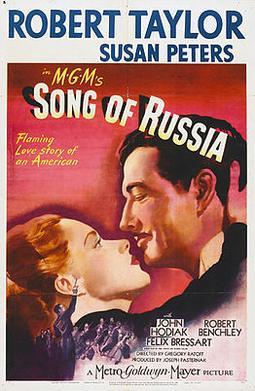

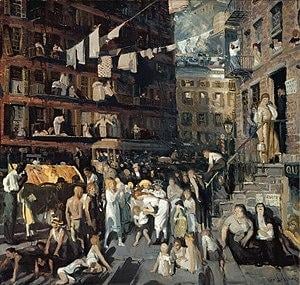

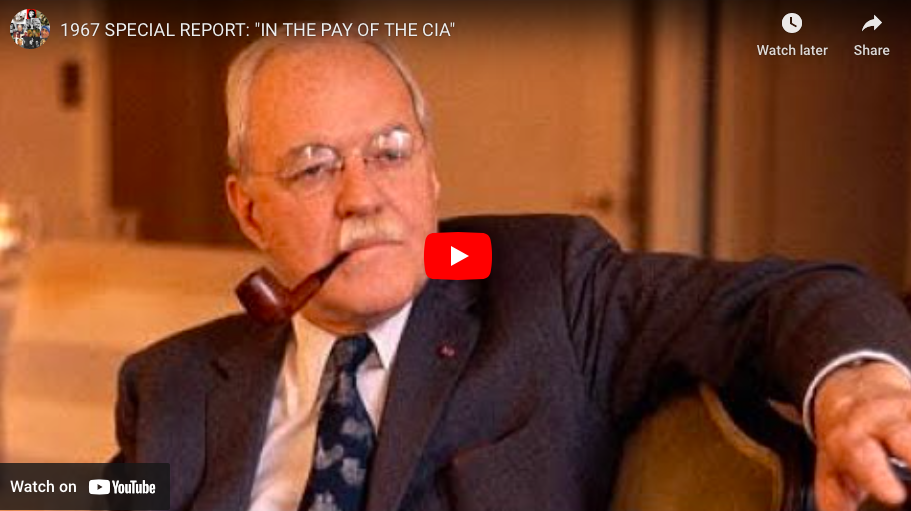
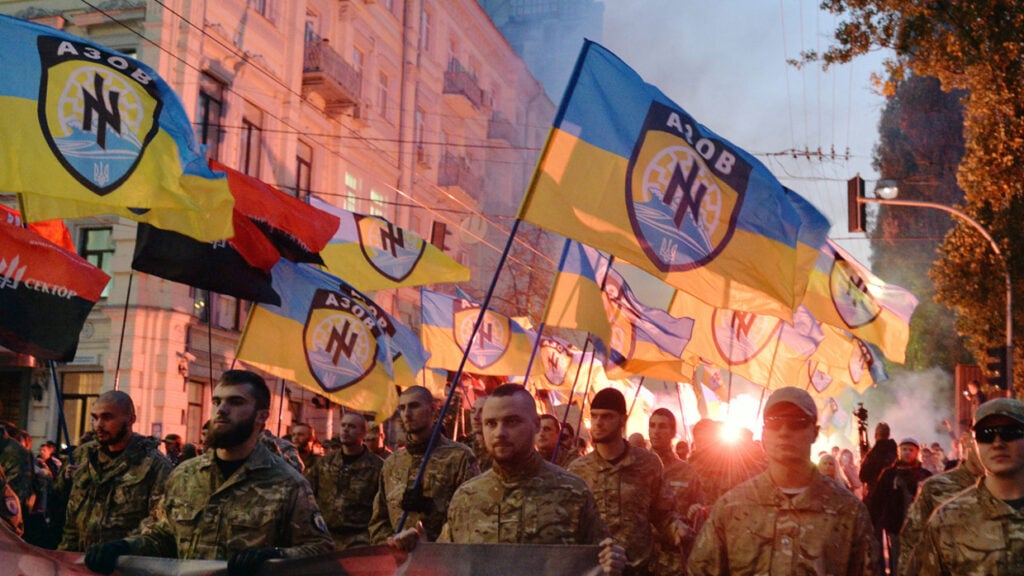

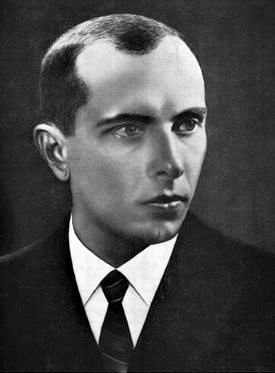
 The Worldwide Corona Crisis, Global Coup d’Etat Against Humanity
The Worldwide Corona Crisis, Global Coup d’Etat Against Humanity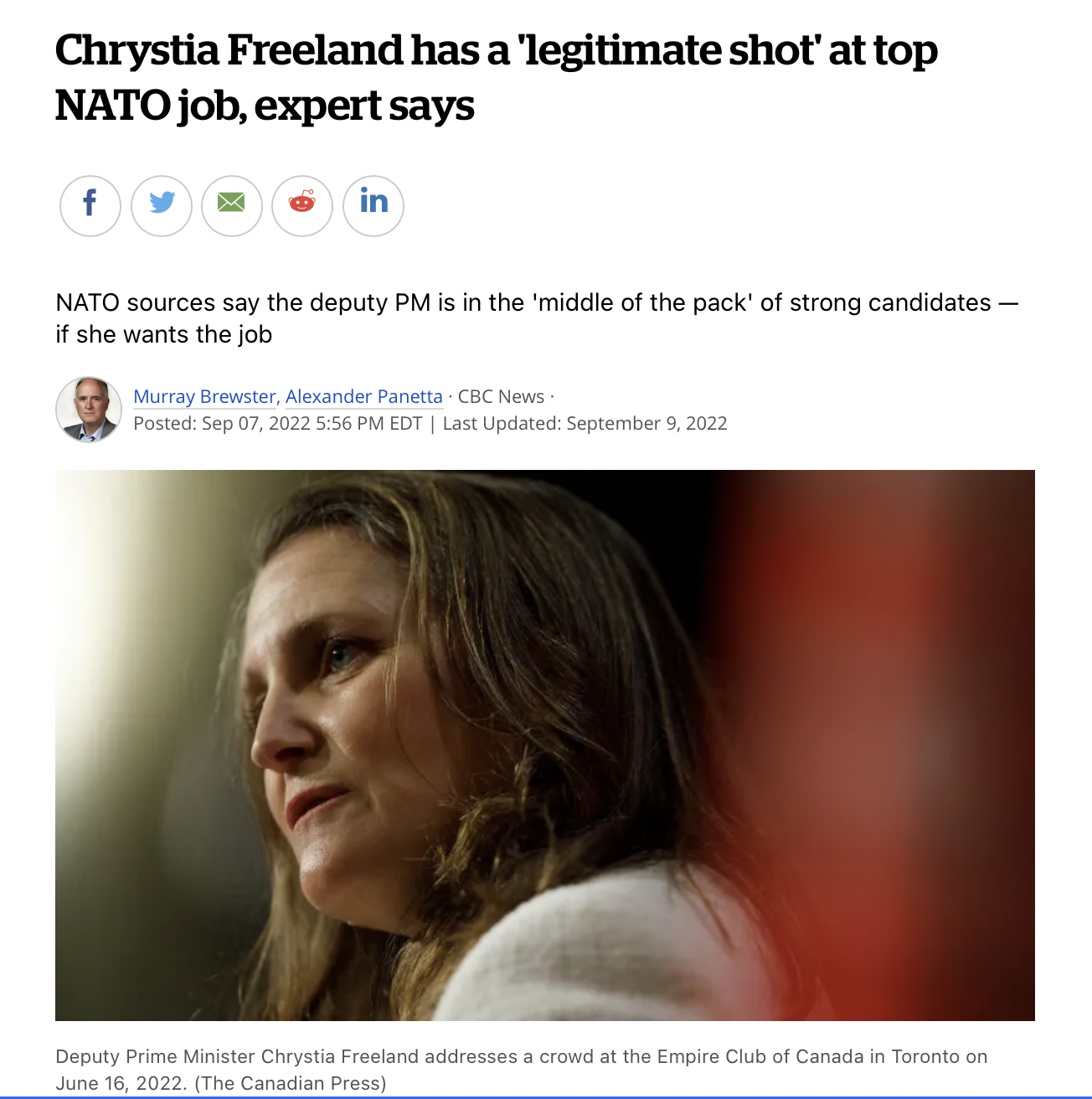
 The Code for Global Ethics: Ten Humanist Principles
The Code for Global Ethics: Ten Humanist Principles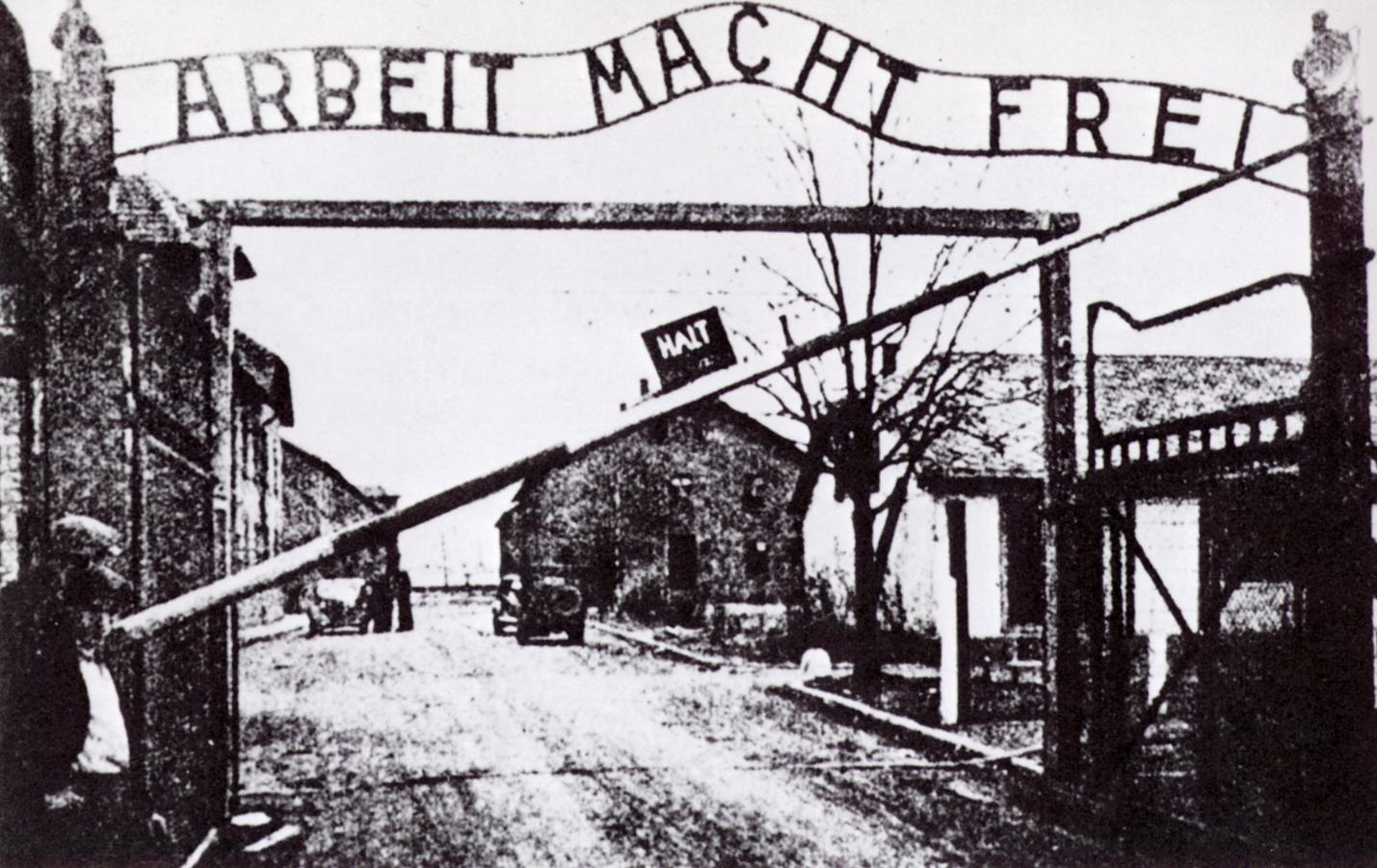
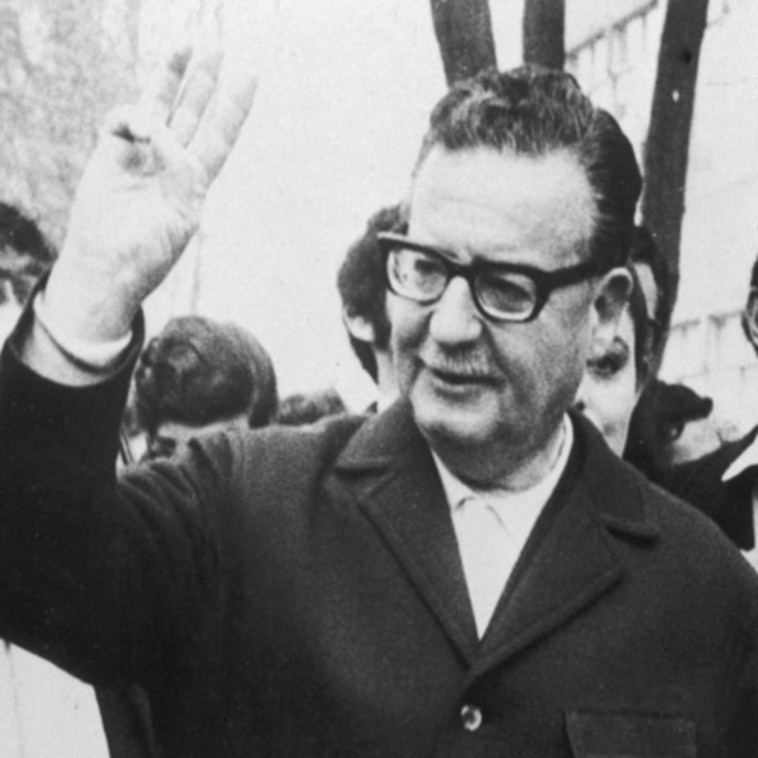
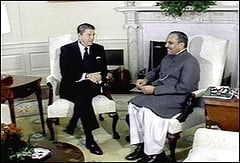
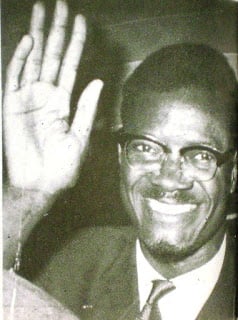
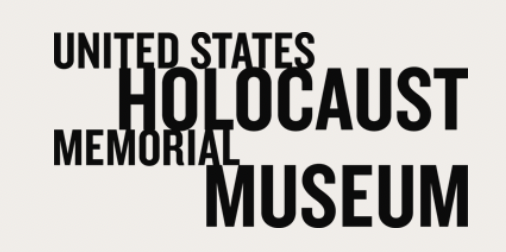 “The
“The 

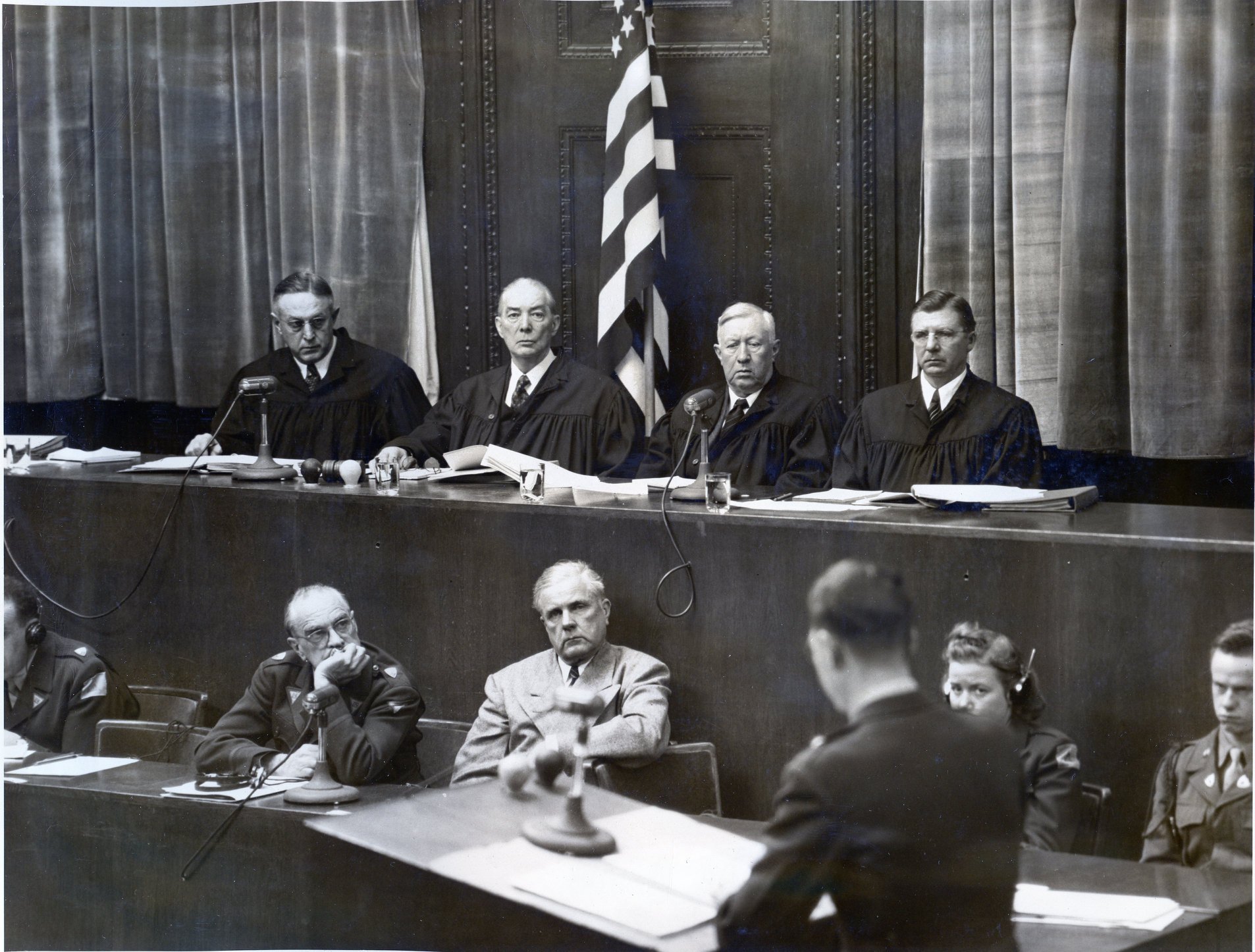

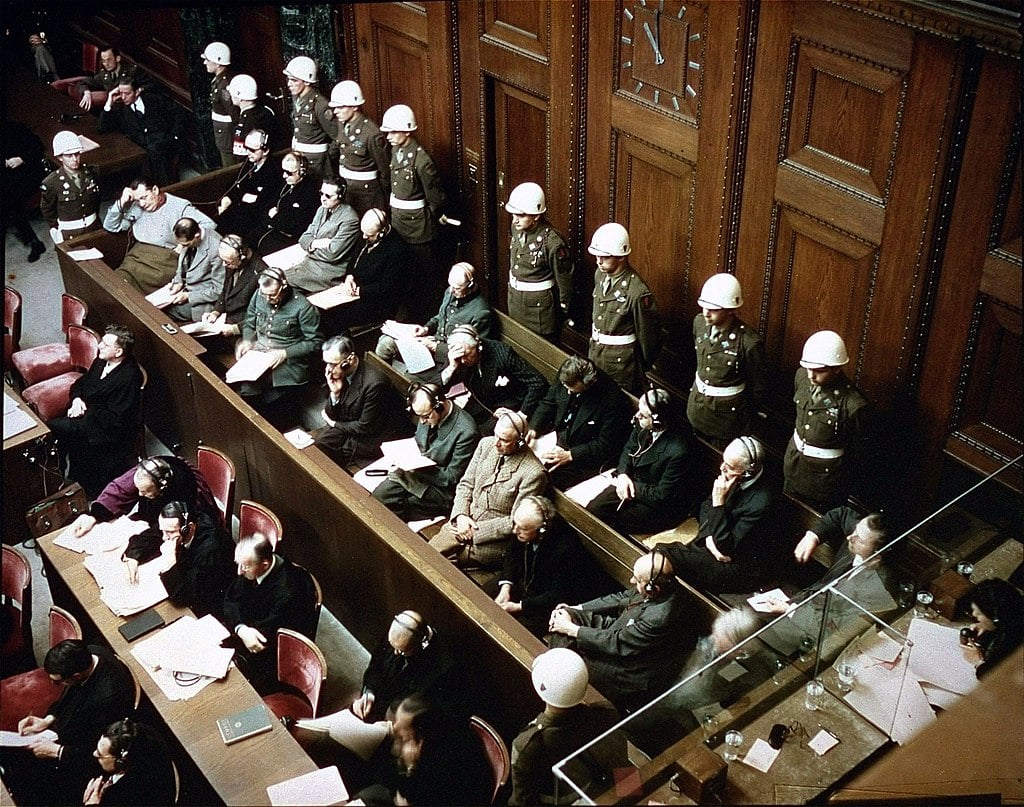
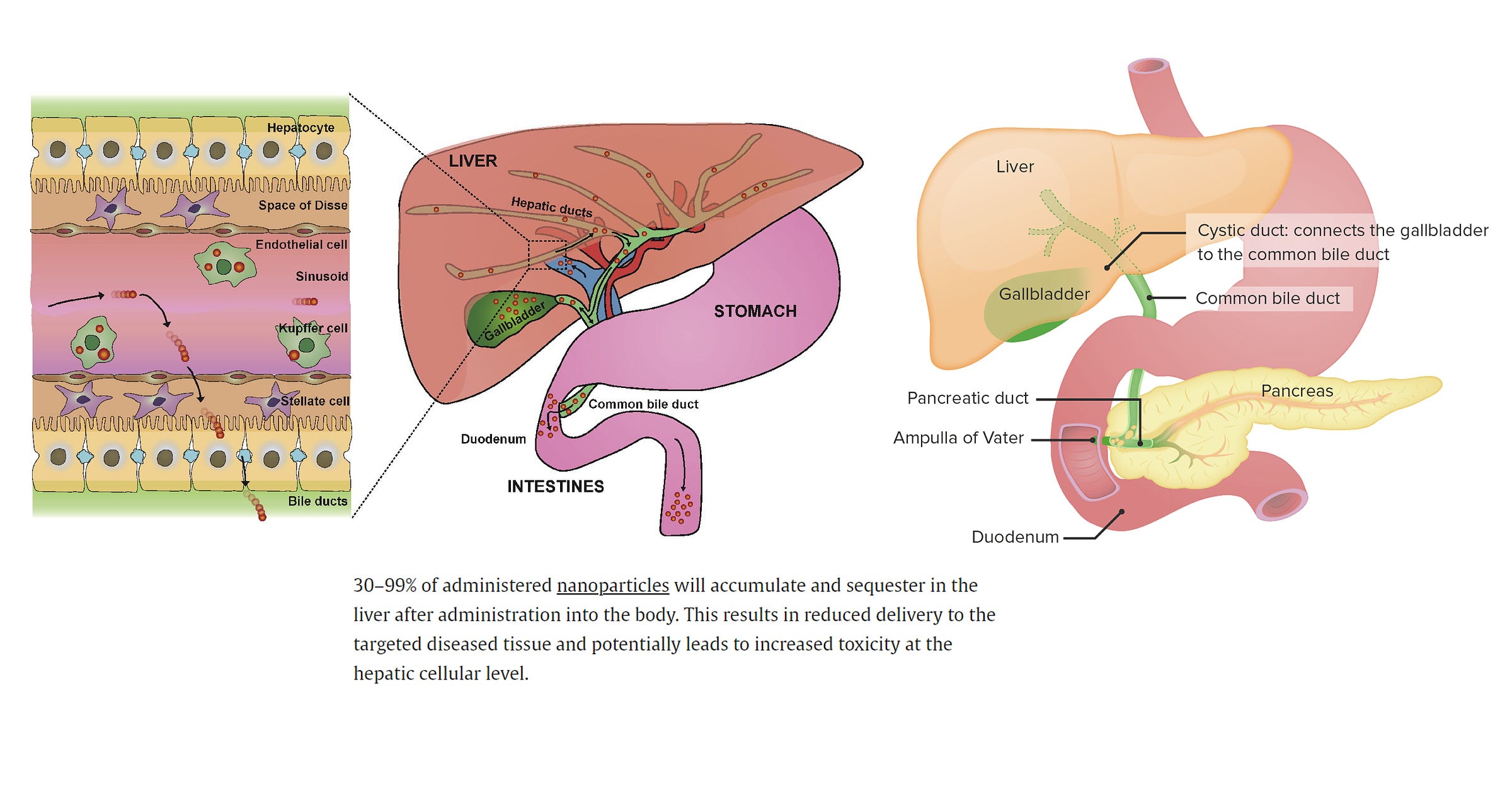



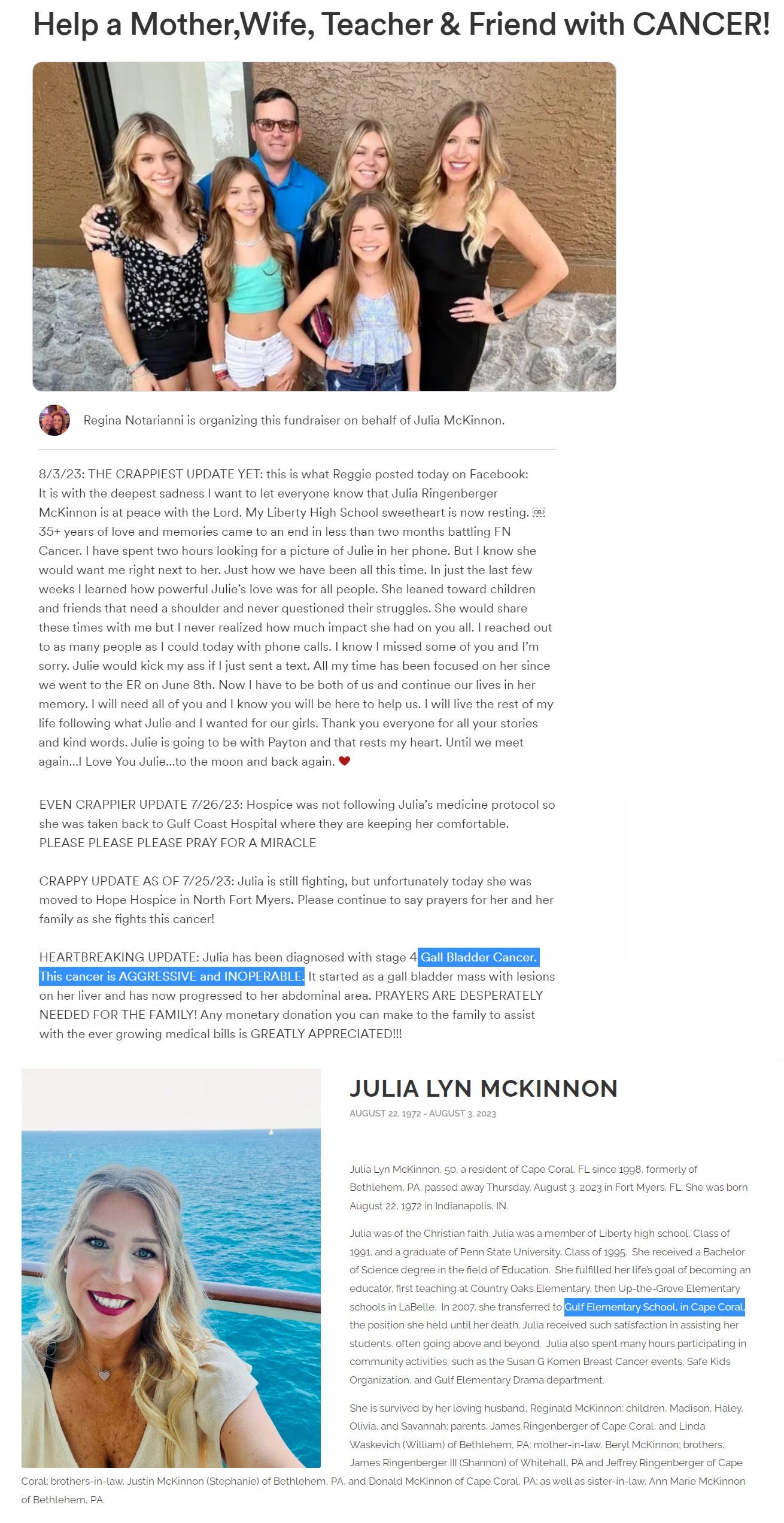


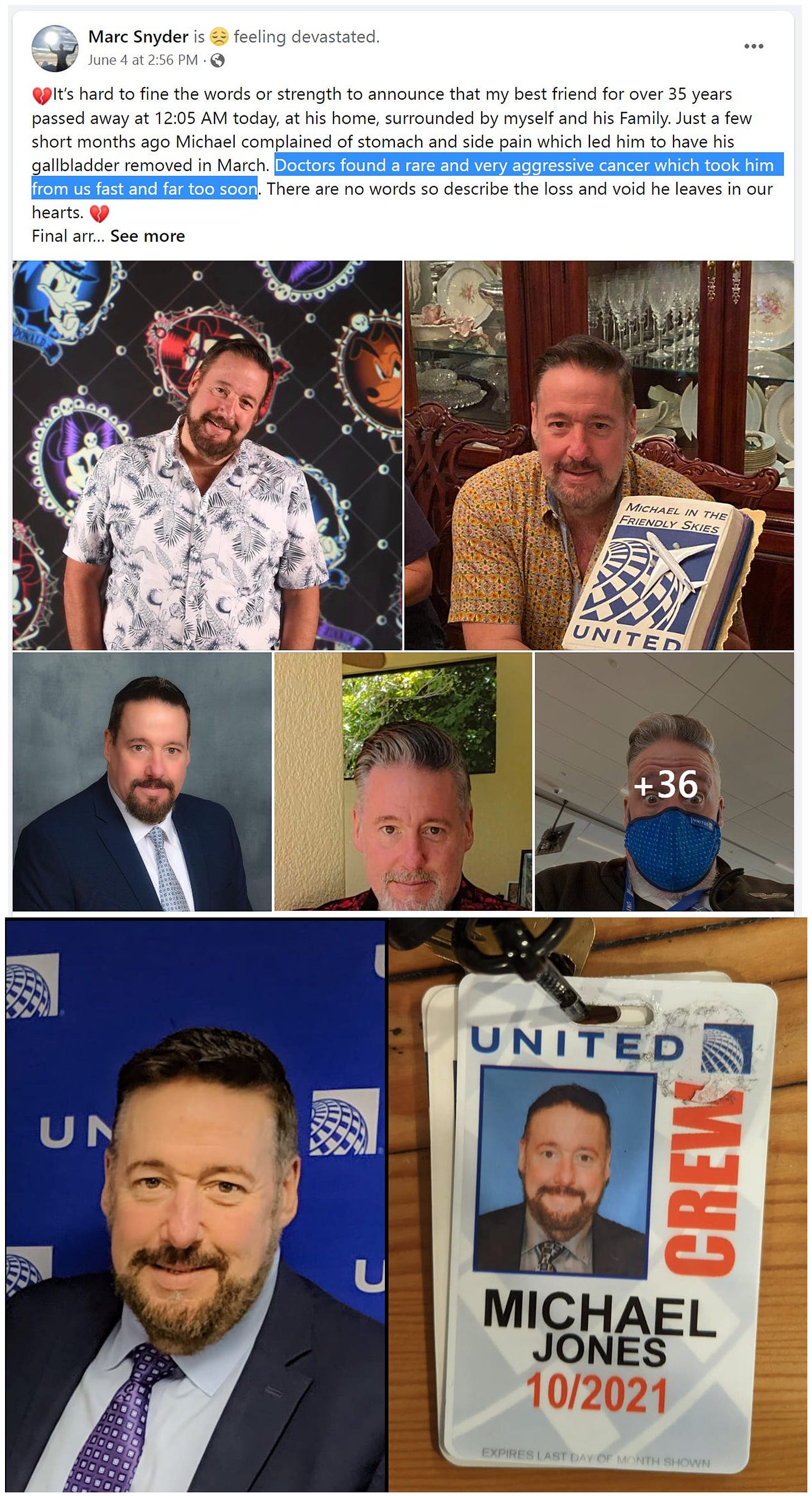
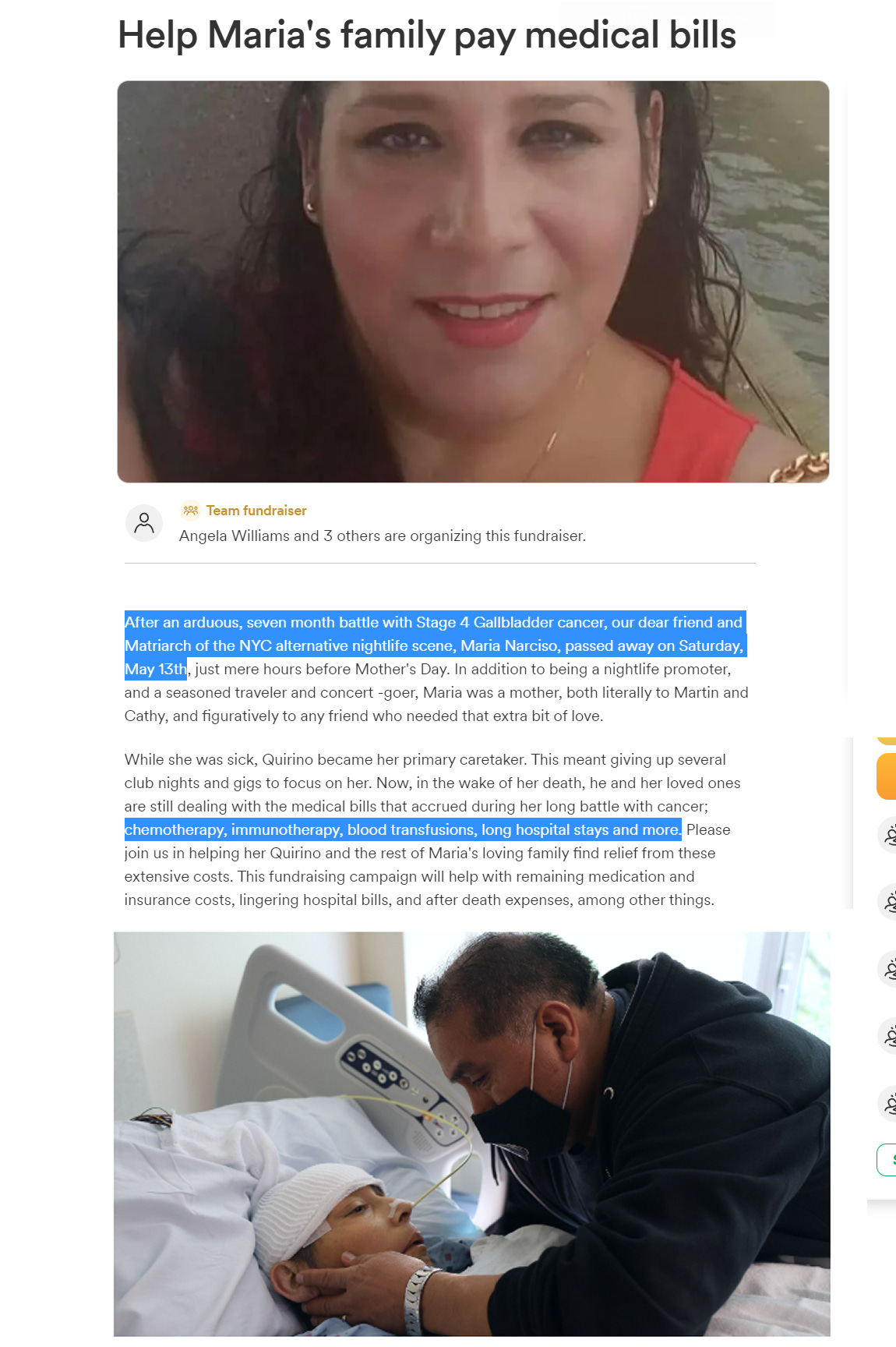
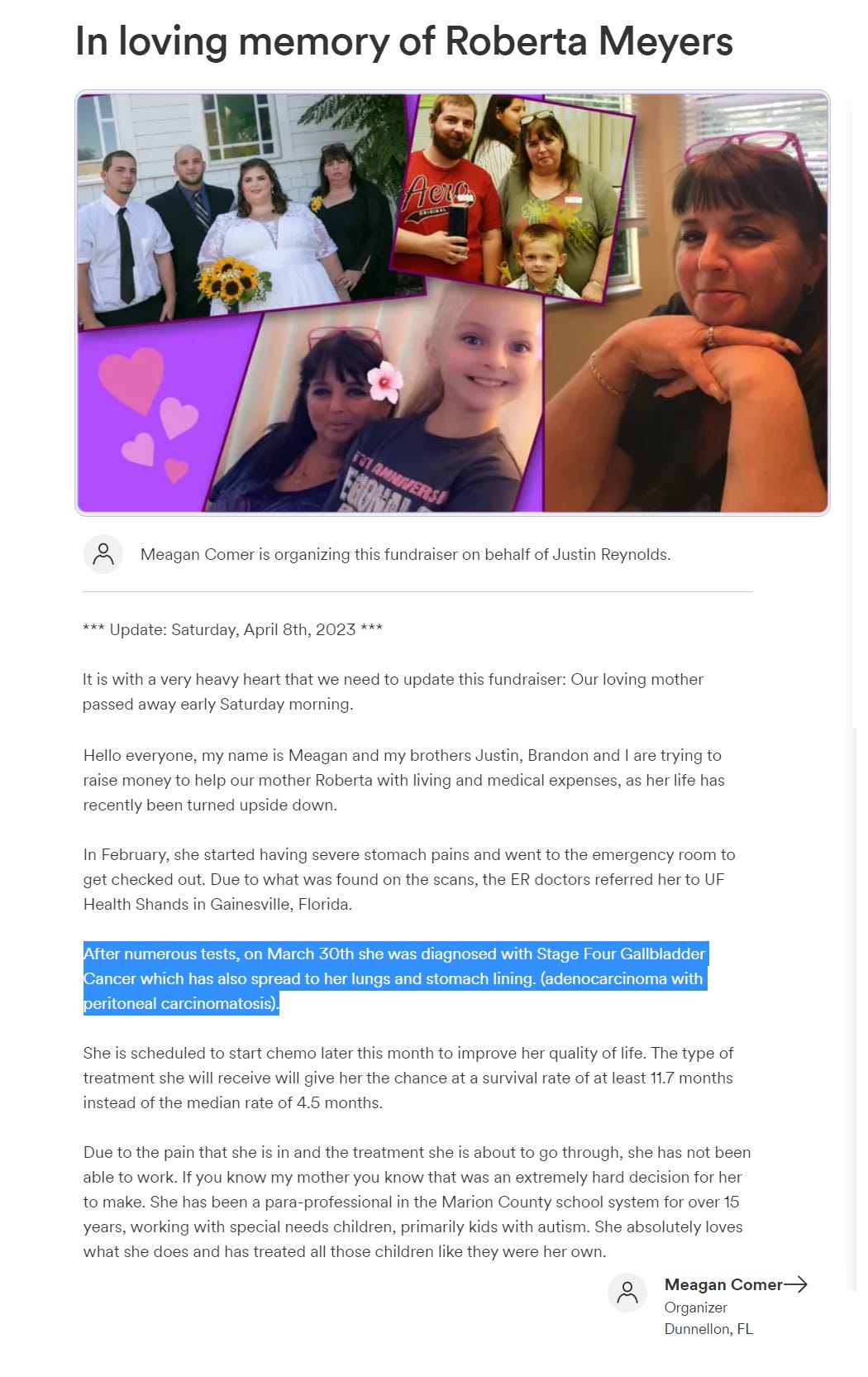
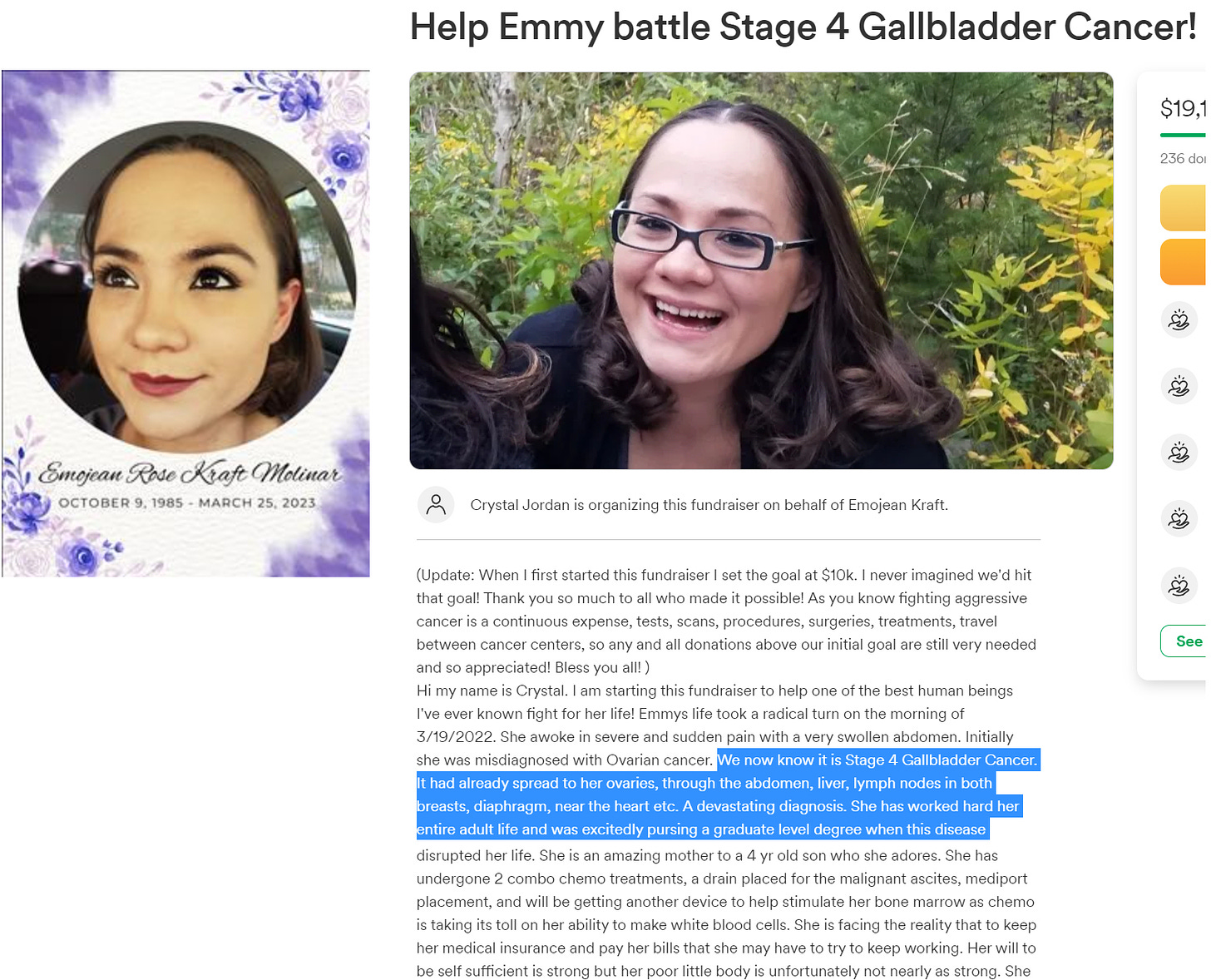
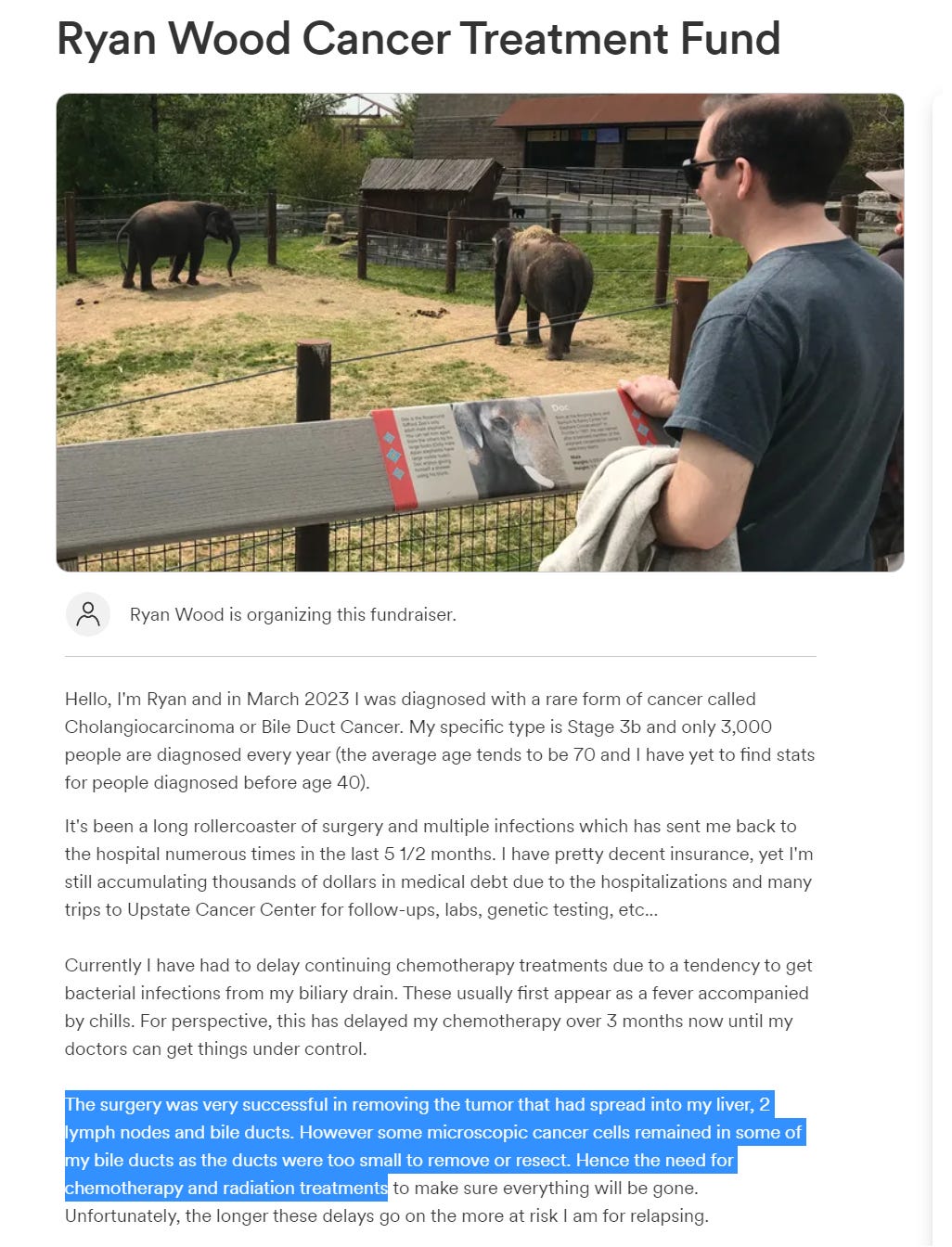
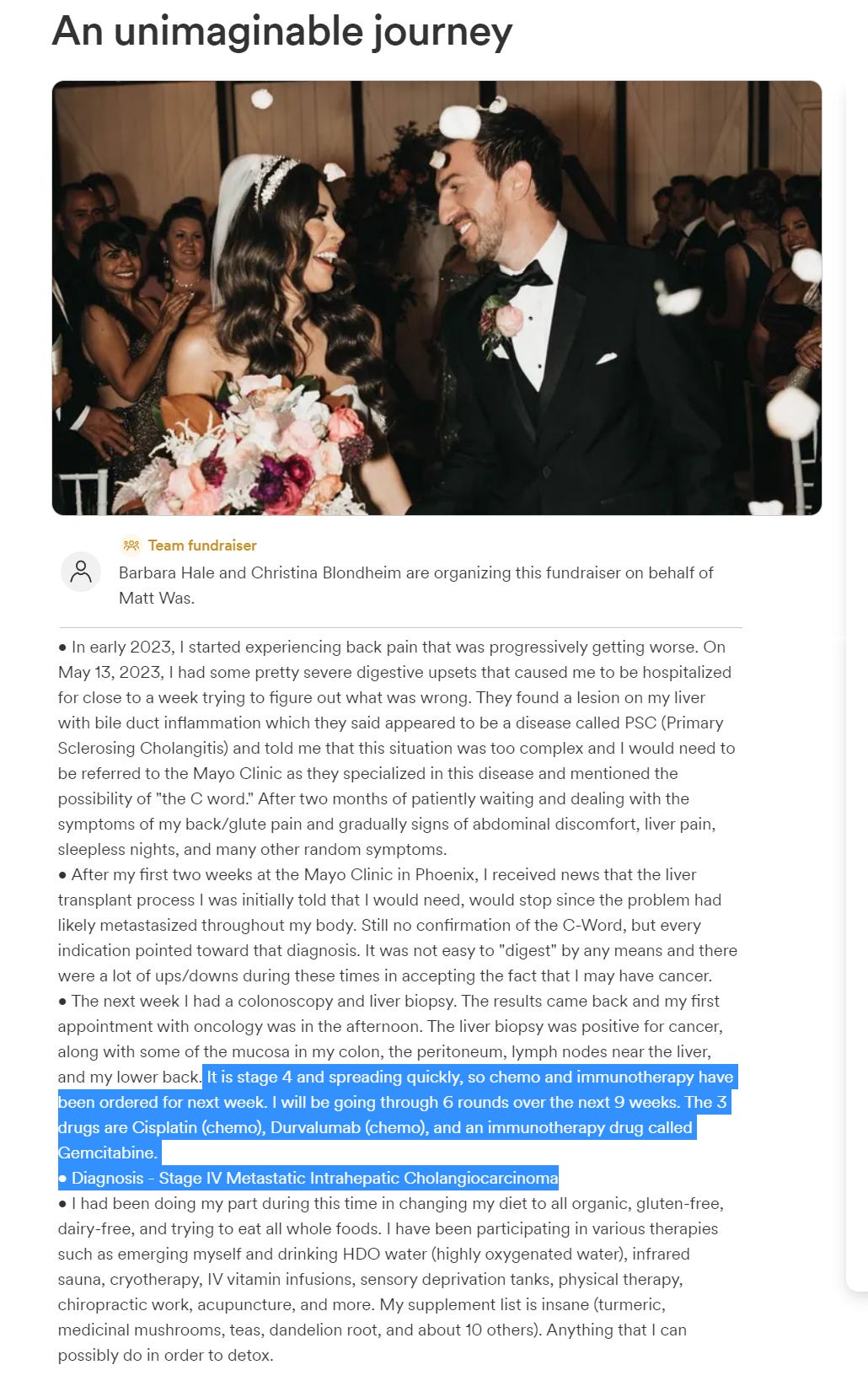
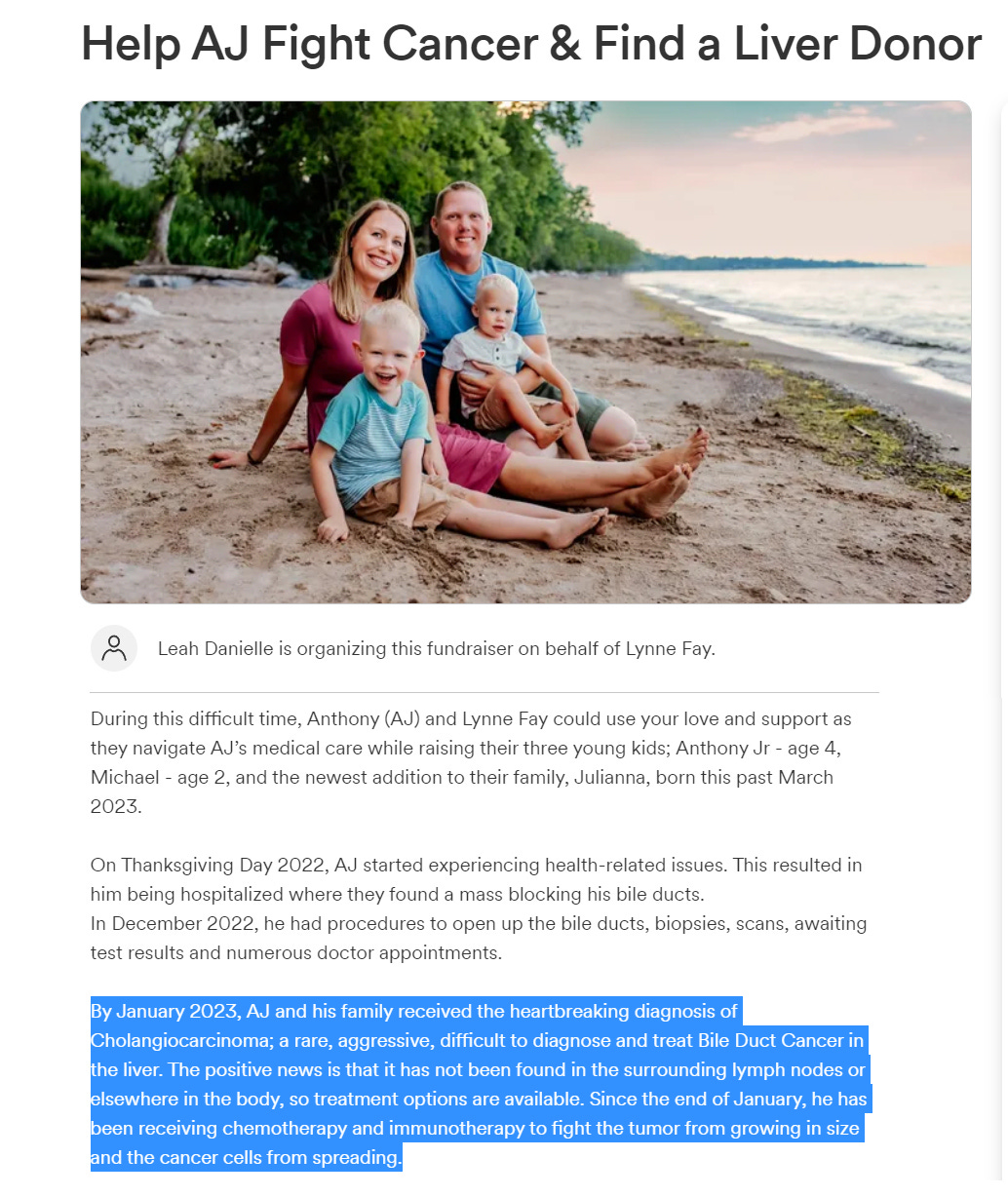

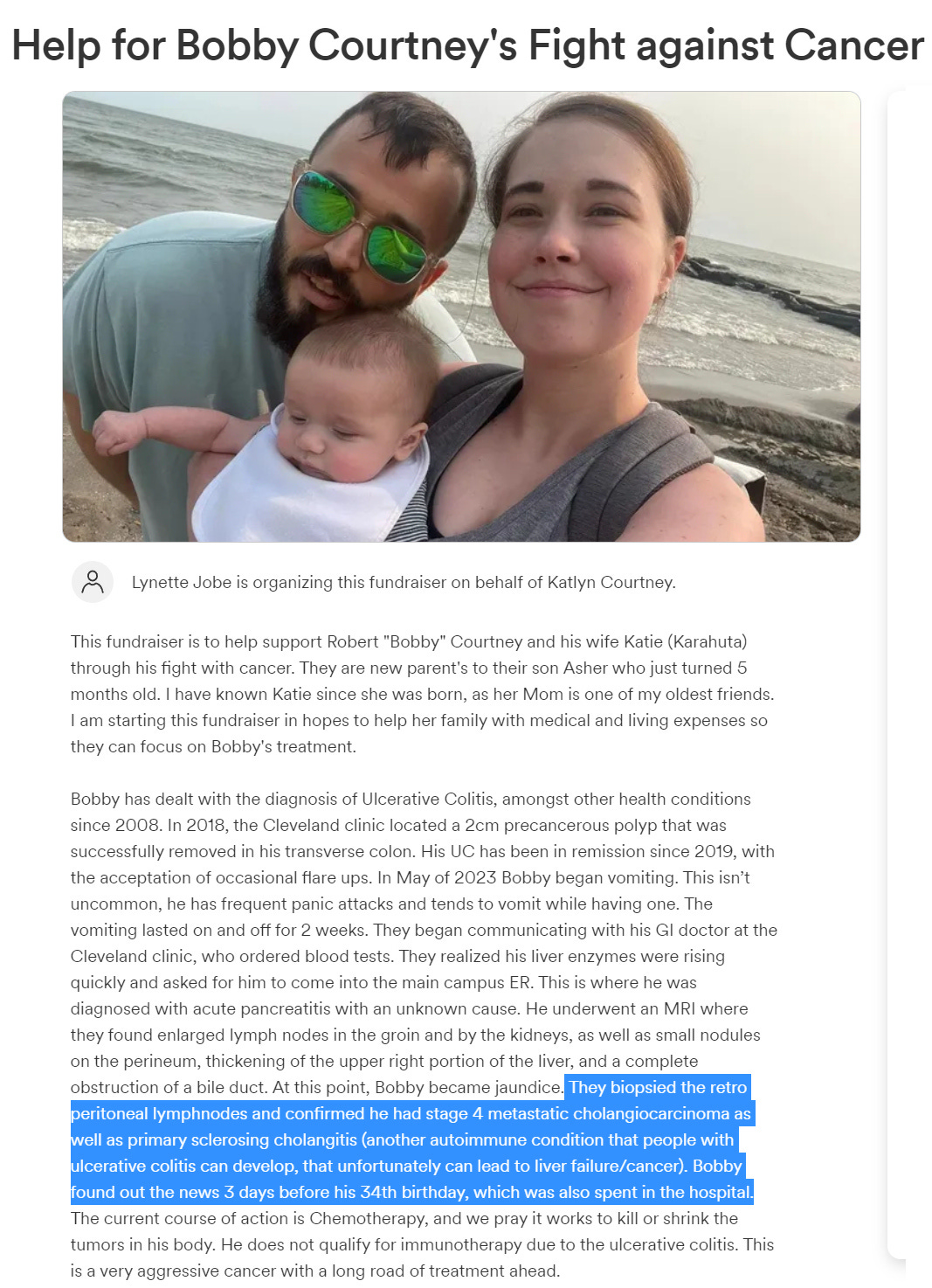
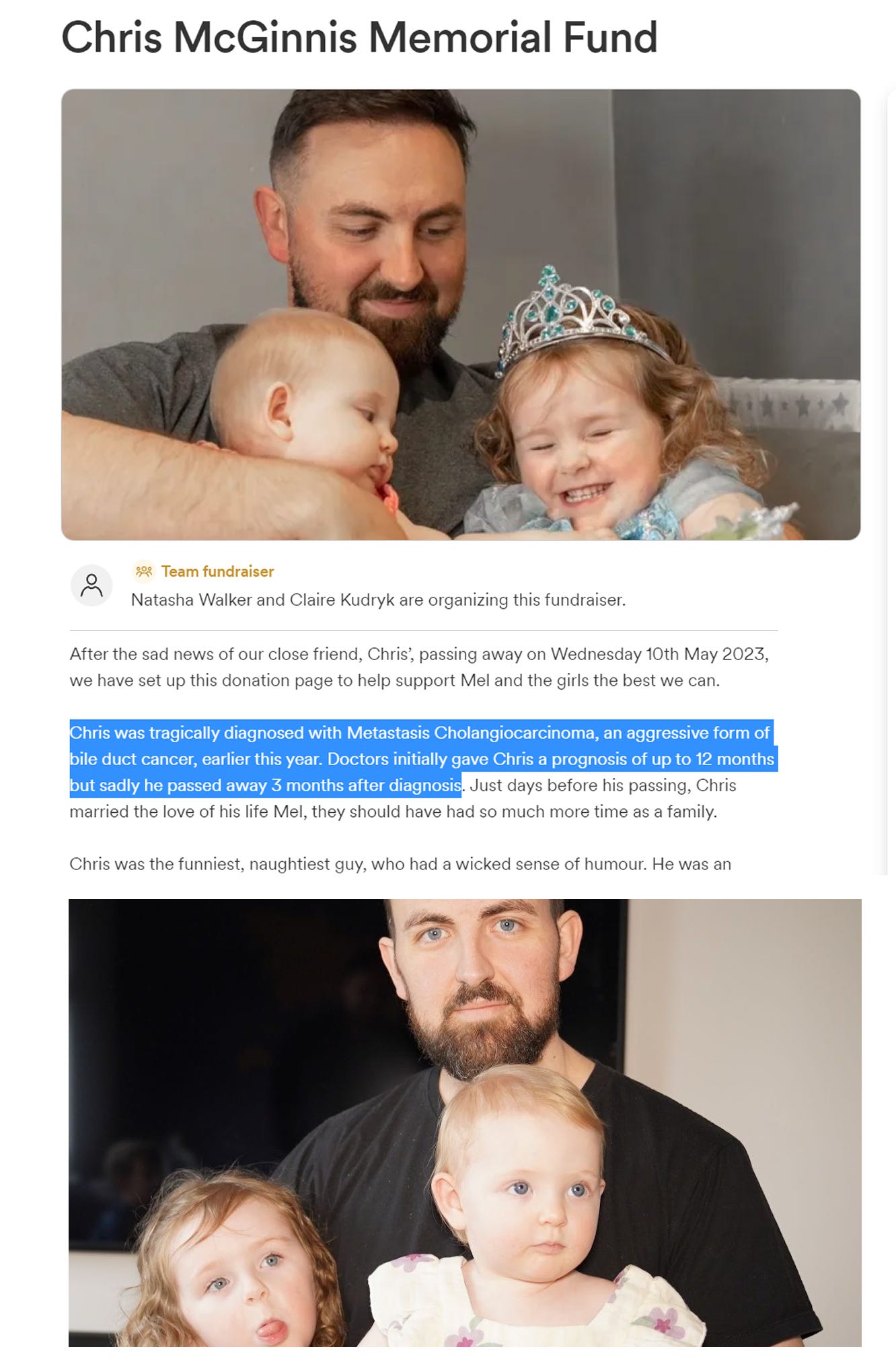
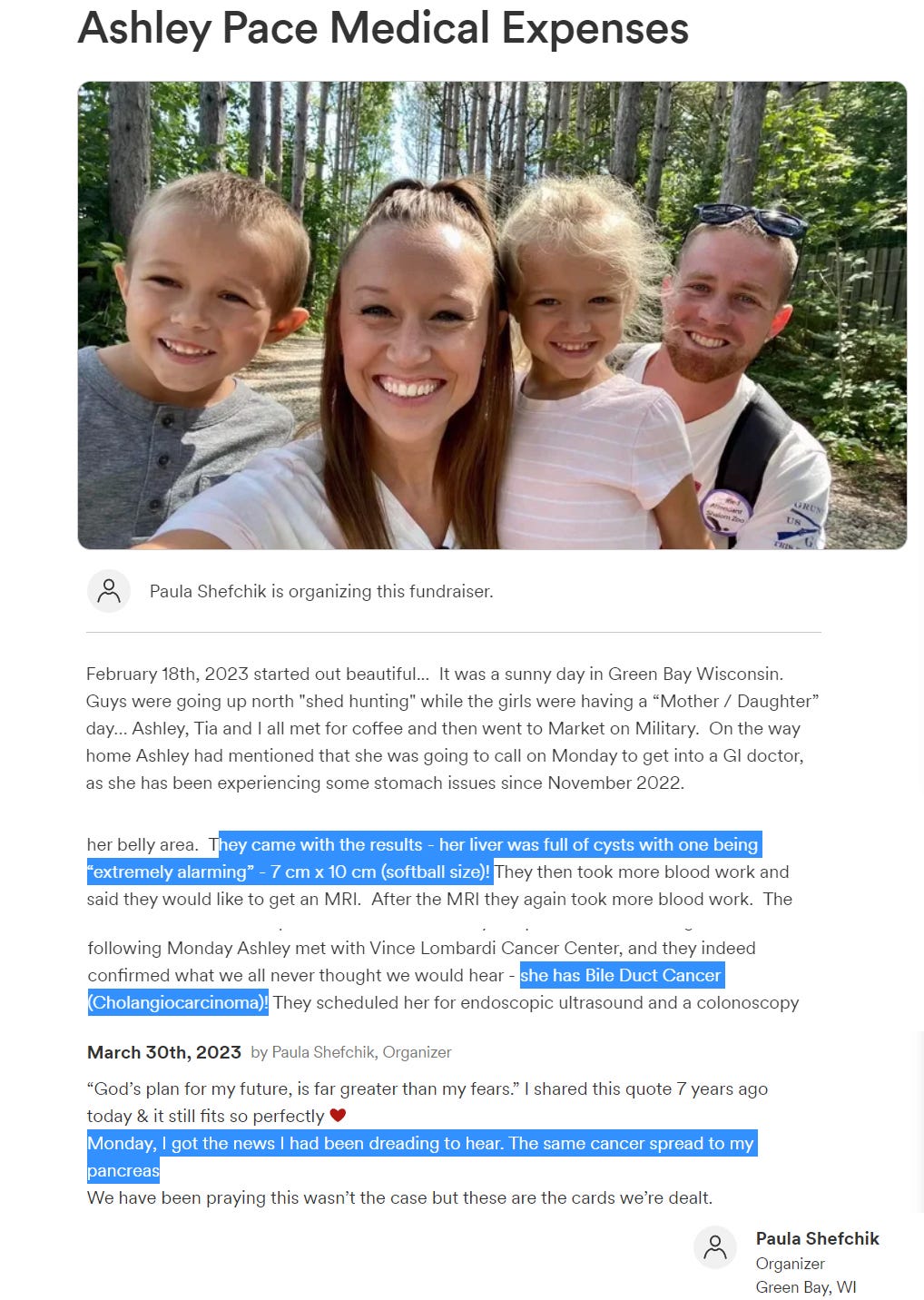
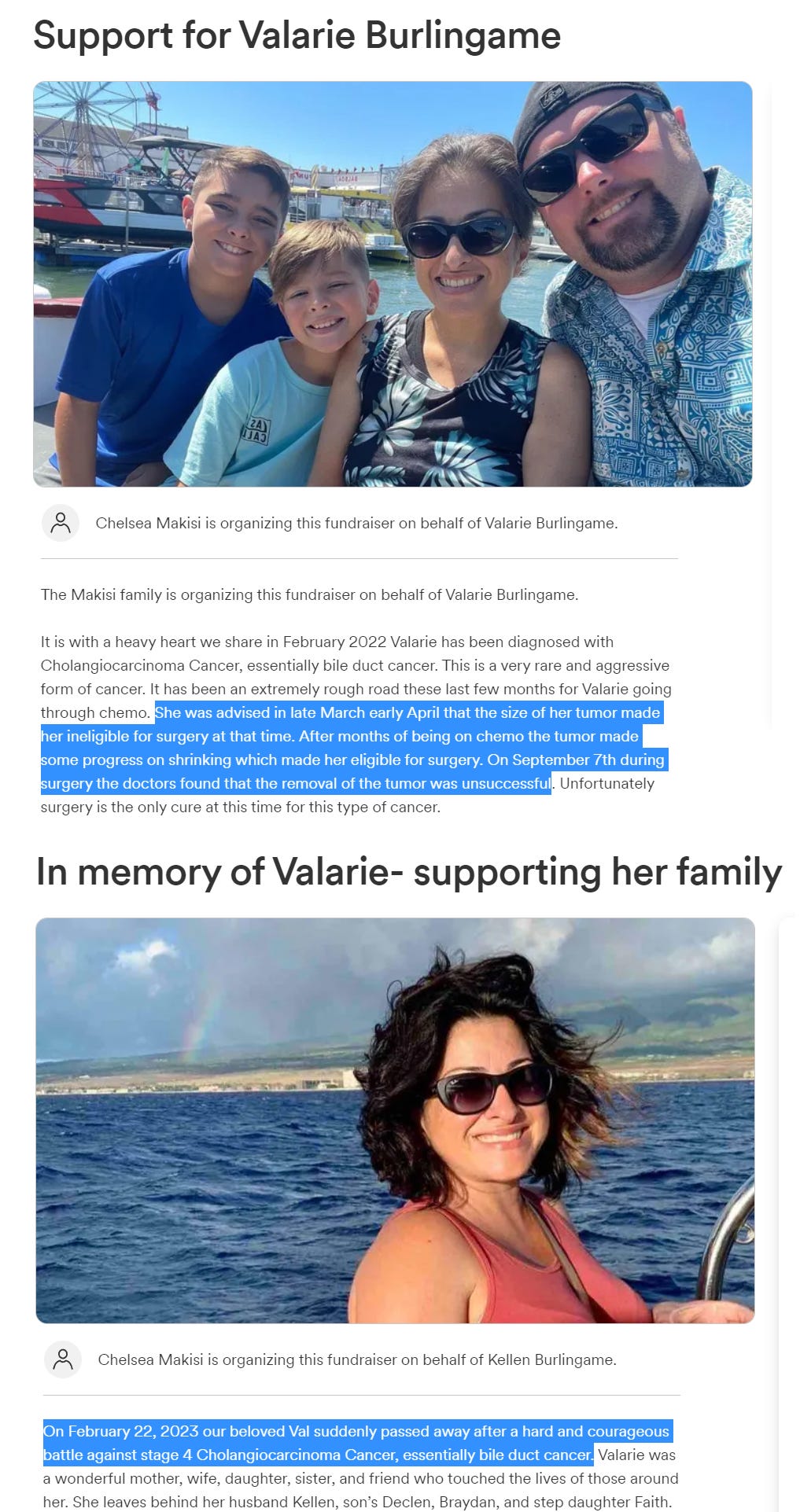
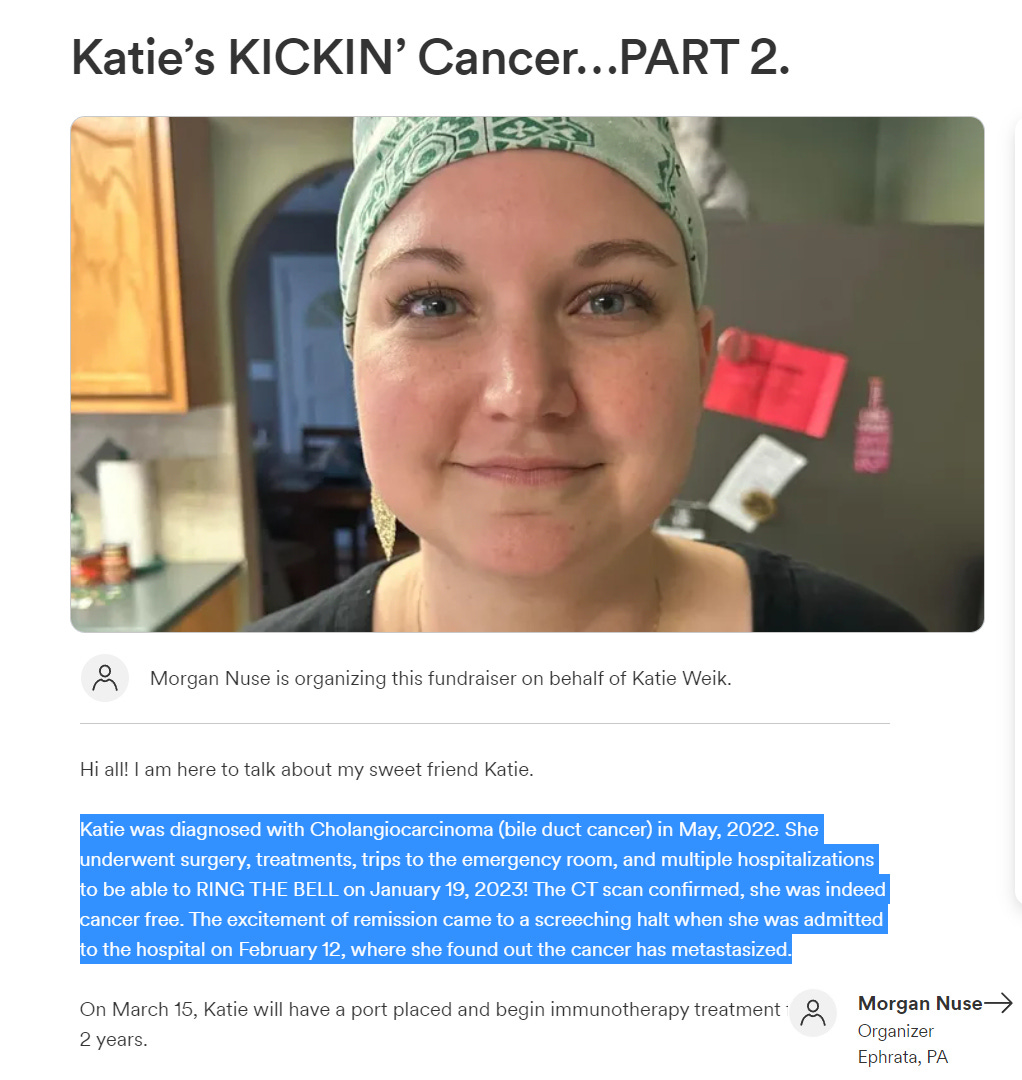

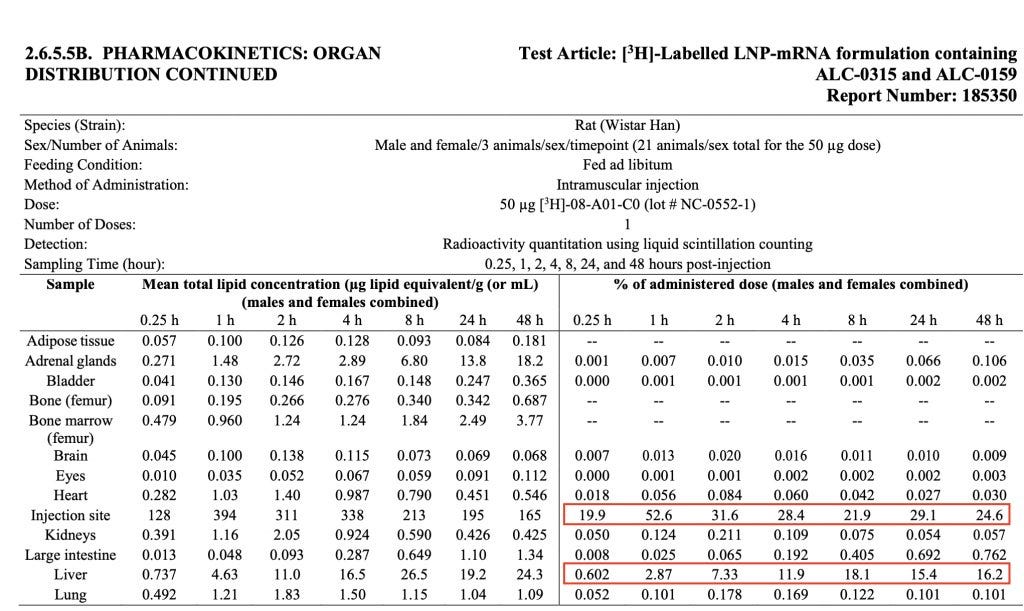
 UN General Assembly Head Approves Declaration to Form a Global Pandemic Authority with Lockdown Enforcement Powers
UN General Assembly Head Approves Declaration to Form a Global Pandemic Authority with Lockdown Enforcement Powers Seymour Hersh: “It’s All Lies. The War Is Over. Russia Has Won.”
Seymour Hersh: “It’s All Lies. The War Is Over. Russia Has Won.” Turbo Cancer in Ages 18-24: College and University COVID-19 Vaccine-Mandated Students Developing Stage 4 Cancers
Turbo Cancer in Ages 18-24: College and University COVID-19 Vaccine-Mandated Students Developing Stage 4 Cancers Bombshell: NATO Says “War Started in 2014”. “Fake Pretext” to Wage War against Russia? To Invoke Article 5 of Atlantic Treaty?
Bombshell: NATO Says “War Started in 2014”. “Fake Pretext” to Wage War against Russia? To Invoke Article 5 of Atlantic Treaty? Video: They Oblige You to Get the Covid Vaxx and You Get Injured! If this Doesn’t Convince You, Nothing Will
Video: They Oblige You to Get the Covid Vaxx and You Get Injured! If this Doesn’t Convince You, Nothing Will The Covid-19 Crisis and the “Lethal Jab”: Is It Ignorance and Corporate Greed? Or Is It the Globalists’ “Depopulation” Agenda? The Emerging “Hindsight Narrative”…
The Covid-19 Crisis and the “Lethal Jab”: Is It Ignorance and Corporate Greed? Or Is It the Globalists’ “Depopulation” Agenda? The Emerging “Hindsight Narrative”… China’s Huawei A.I. Chips Technology Signals Collapse of US Strategy. China’s Era of “Big AI”?
China’s Huawei A.I. Chips Technology Signals Collapse of US Strategy. China’s Era of “Big AI”? Video: Pfizer’s “Secret” Report on the Covid Vaccine. Beyond Manslaughter. The Evidence is Overwhelming. The Vaccine Should Be Immediately Withdrawn Worldwide
Video: Pfizer’s “Secret” Report on the Covid Vaccine. Beyond Manslaughter. The Evidence is Overwhelming. The Vaccine Should Be Immediately Withdrawn Worldwide President of the UN General Assembly Approves Pandemic Declaration — Privacy Experts Warn of ‘Digital Gulag’
President of the UN General Assembly Approves Pandemic Declaration — Privacy Experts Warn of ‘Digital Gulag’ Video: A Jewish-Russian Proxy President: Zelensky Transformed into a Nazi.
Video: A Jewish-Russian Proxy President: Zelensky Transformed into a Nazi. Slouching Towards “Beelzebub”. The White House, NIH, CDC, Were Fully Aware that the “Miraculous” Pfizer mRNA Covid Vaccine Resulted in Myocarditis and Blood Clotting
Slouching Towards “Beelzebub”. The White House, NIH, CDC, Were Fully Aware that the “Miraculous” Pfizer mRNA Covid Vaccine Resulted in Myocarditis and Blood Clotting The Big Business of War. A Clandestine Arms Market in Ukraine
The Big Business of War. A Clandestine Arms Market in Ukraine Global Takeover Advances to Final Stages
Global Takeover Advances to Final Stages Is This the Reason Why Blue Cars, Blue Umbrellas and Other Blue Things Didn’t Burn in the Maui Fires?
Is This the Reason Why Blue Cars, Blue Umbrellas and Other Blue Things Didn’t Burn in the Maui Fires? Ukraine: Has P.M. Trudeau Succumbed to Nazi Ideology?
Ukraine: Has P.M. Trudeau Succumbed to Nazi Ideology? Understanding the American Civil War. Dr. Paul Craig Roberts
Understanding the American Civil War. Dr. Paul Craig Roberts Explosive — Analysis of Causes for Disability and Death by COVID Vaccines
Explosive — Analysis of Causes for Disability and Death by COVID Vaccines Zelensky: The Man Who Sold Ukraine
Zelensky: The Man Who Sold Ukraine